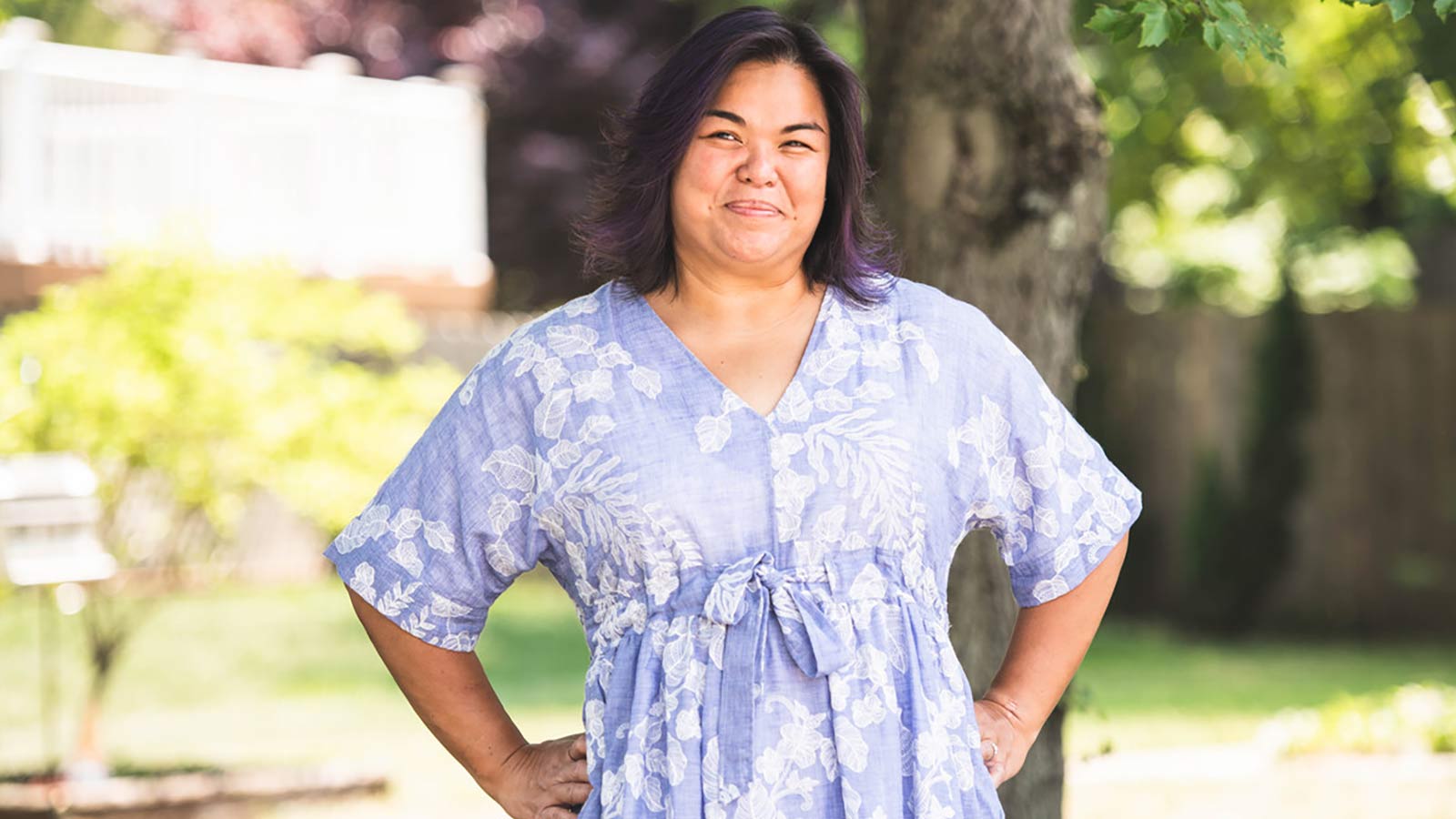What Can I Do Right Now About My Aching Back?
One in four American adults has lower back pain, and it's a top reason people visit the doctor. Eric Requa, DO, Virtua Sports Medicine Specialist, offers simple steps that may ease your pain without a doctor's visit.
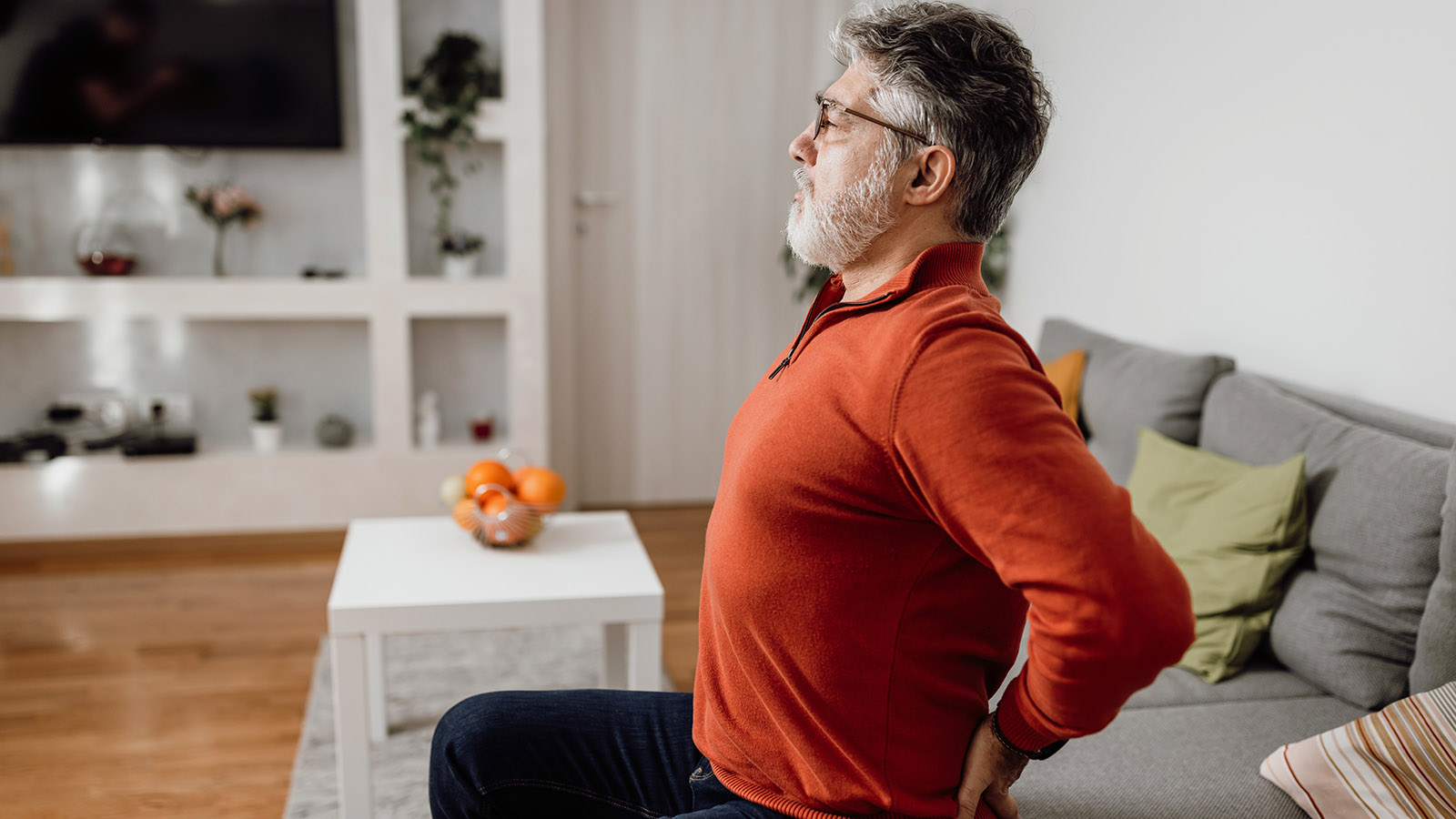
By Eric Requa, DO, Virtua Sports Medicine
Pain near your spine? You’re not alone. At any given time, one in four American adults has lower back pain. It’s second only to the common cold as the top reason people visit the doctor.
In some cases, you don’t necessarily have to see the doctor right away. Very often, my patients can resolve their back pain by taking a few simple steps.
Work toward a pain-free back with these strategies:
How should I adjust my posture?
Slouching or slumping affects your alignment, flexibility, and joint movement. Instead:
- Sit in chairs that have low back support or use a straight-backed chair with a cushion behind you to maintain your spine’s curve. Keep your knees slightly higher than your hips and your elbows close to your body.
- Stand with your ears, shoulders, and hips aligned. Hold your head level and pull your stomach in to keep your back straight. Wear comfortable, low-heeled shoes. Break up standing or sitting with frequent walk breaks.
- Sleep on a firm mattress on your side, knees bent. Place a pillow between your knees if needed.
How about ice or heat packs?
Ice or heat may reduce inflammation and ease aches. Use ice soon after back pain starts, or after you exercise. Beginning 48 hours after the onset, try a hot shower or bath, warm compress, hot water bottle, or heating pad to relax your muscles.Should I take medications?
Anti-inflammatory drugs such as ibuprofen (Advil, Motrin) and naproxen (Aleve, Naprosyn) can help reduce back pain. Other choices include acetaminophen (Tylenol) and aspirin. If you have medical conditions or are unsure if these medications are right for you, consult your physician.
What kinds of stretches can help my back pain?
You might need one to two days of rest after back pain sets in. But if you relax for too long, your muscles can get tight or weaken, hampering your recovery. If your back pain has flared up, try to stay active, focusing on gentle stretching.
Keep your back muscles strong by walking around at least a few minutes every hour. Yoga, tai chi, and stretching can also offer relief. Talk with your health care provider or a physical therapist about the best type of exercise for you.
When should I call the doctor?
If your pain doesn’t subside with stretching, exercise, over-the-counter medications, and pain worsens, it’s time to see a physician.
We also use certain 'red flag' symptoms to determine when to seek emergency medical attention. These can include back pain along with fever, nausea, vomiting, weakness, pain that runs down past your knee, or numbness in your leg and foot. They are all warning signs of a more serious problem.
If you lose bladder or bowel control, or the pain is so intense you can’t move, seek emergency care immediately.
Download the Virtua Health Guide to Back Pain or call 856-246-4272 to request a consultation with a Virtua back pain specialist.
There's So Much More to Explore
Discover expert insights, inspiring stories, health tips, and more by exploring the content below!
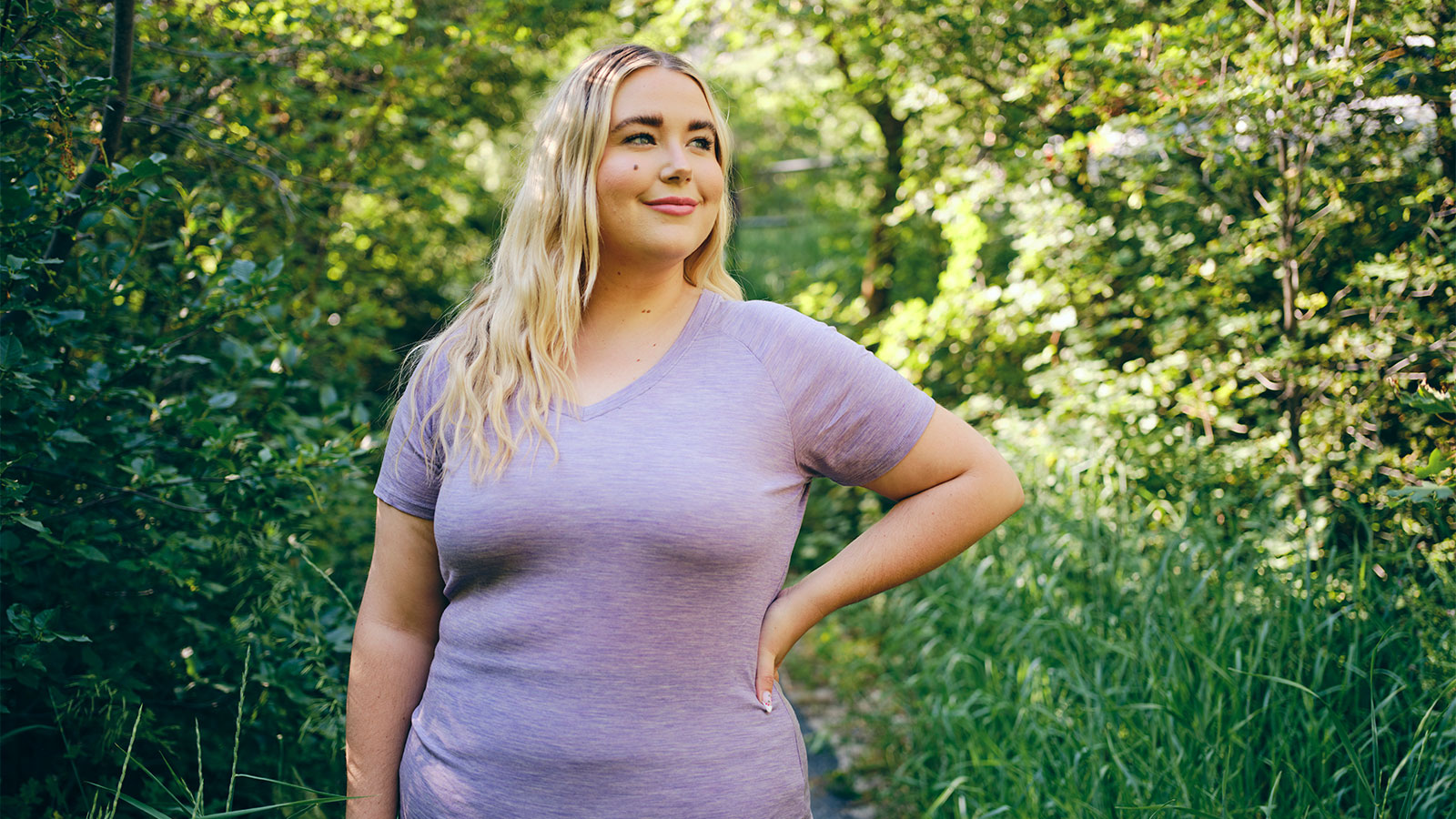
How Weight-Loss Surgery Can Improve Diabetes, Heart Health, and More
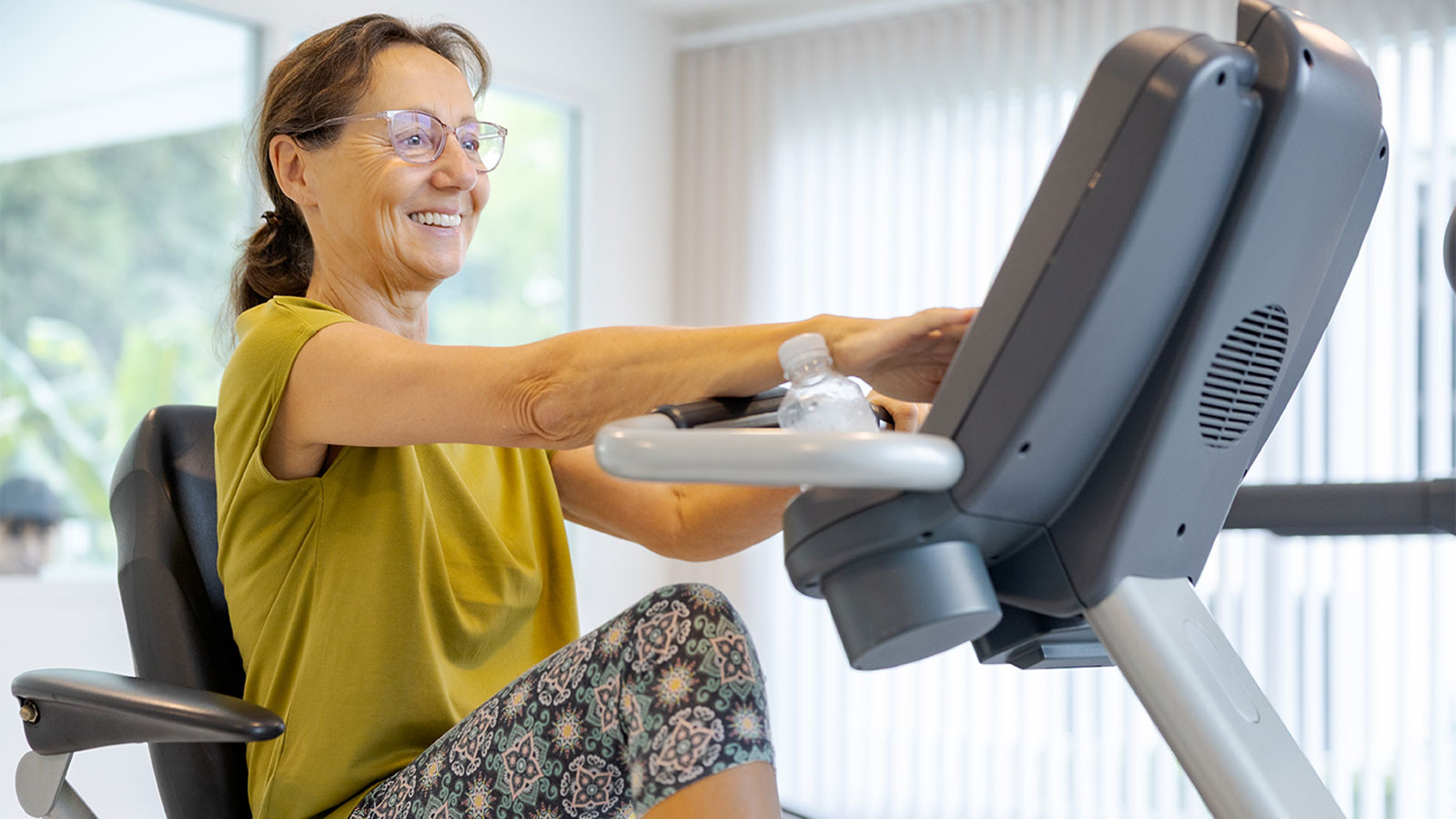
Knee Replacement Rehab: 7 Exercises to Restore Your Strength and Range of Motion

COPD vs. Asthma: Understanding the Difference in Symptoms

Bioidentical Hormone Replacement Therapy Pellets: Relief for Menopause and Andropause Symptoms

Why Is Sex Painful During Pregnancy? Pelvic Congestion Syndrome Explained

Don't Drink Alcohol? You Could Still Get Fatty Liver Disease

What Is the Difference Between Palliative Care and Hospice Care?

How to Exercise Safely with Asthma: Tips, Triggers, and Rescue Inhaler Use

How to Relieve Bloating Fast: Simple Tips for Quick Comfort
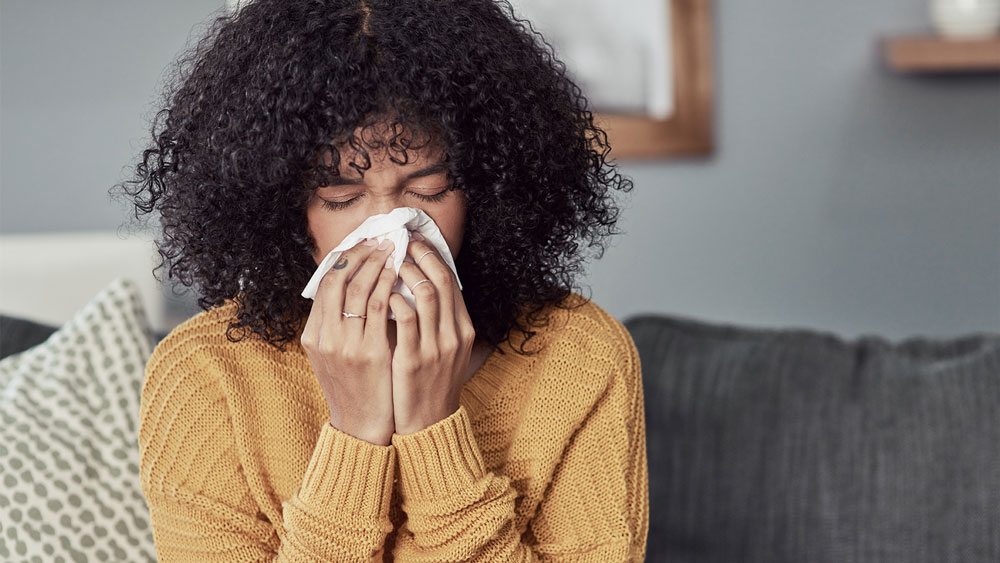
How to Tell the Difference Between Cold, Flu, and COVID-19

Jill Travels From Delaware to South Jersey for Advanced Lung Care

4 Exercise Tips to Help You Reverse High Blood Pressure

From Exhaustion to Empowerment: Tracy's Hormone Replacement Therapy Success Story

Why on Earth Am I Always So Cold?

Timely Heart Care During a Heart Attack Helps Joe Feed the Community

Allegra Is Thriving With Crohn's Disease

The Best and Worst Foods for Acid Reflux

How to Manage IBS Symptoms and Feel in Control Again
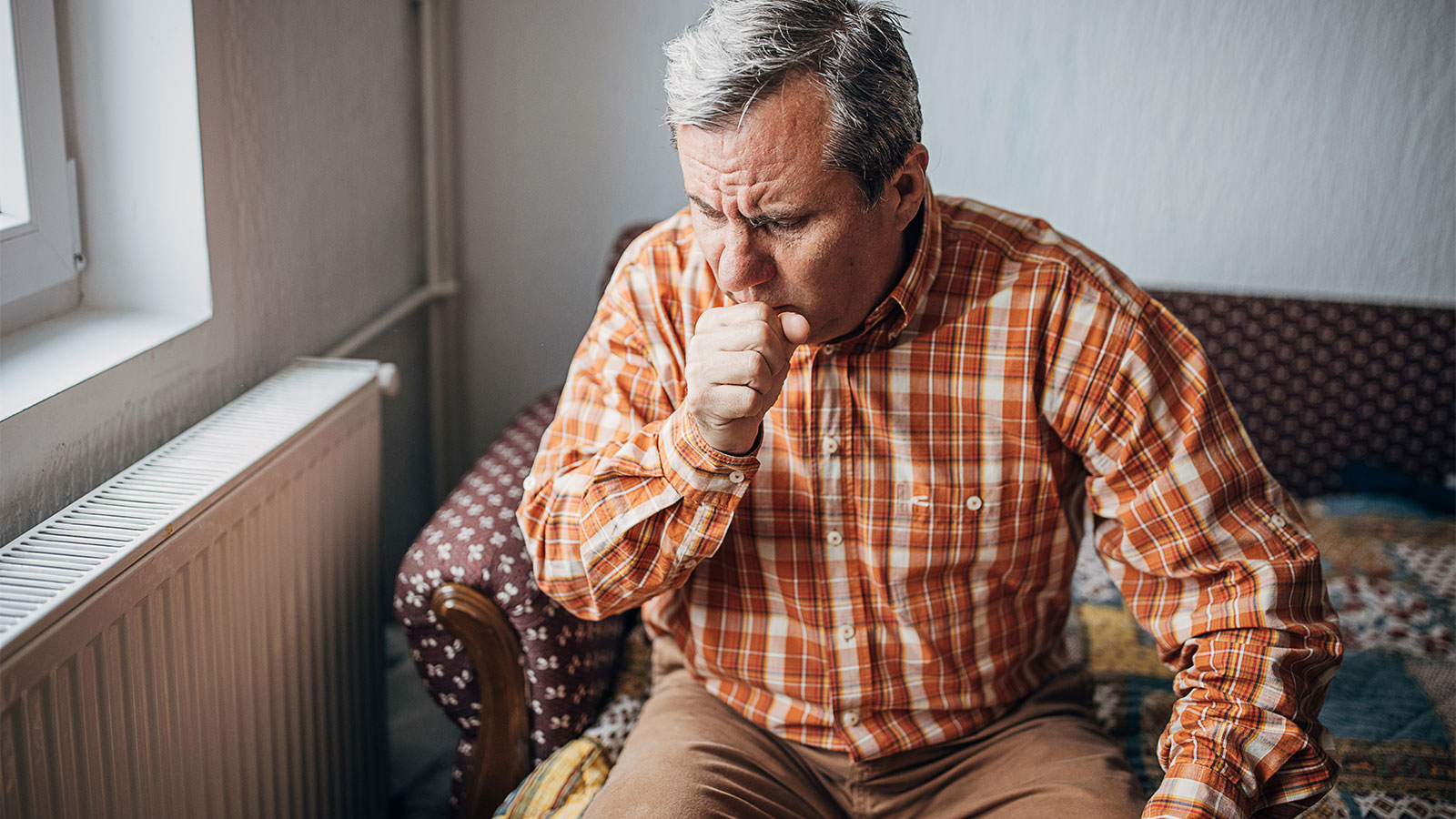
5 Types of Lung Disease: Symptoms, Causes, and Prevention Tips

Foods to Enjoy and Avoid for GLP-1 Heartburn

3 Reasons Why Now's the Time to Find Relief From Varicose Veins
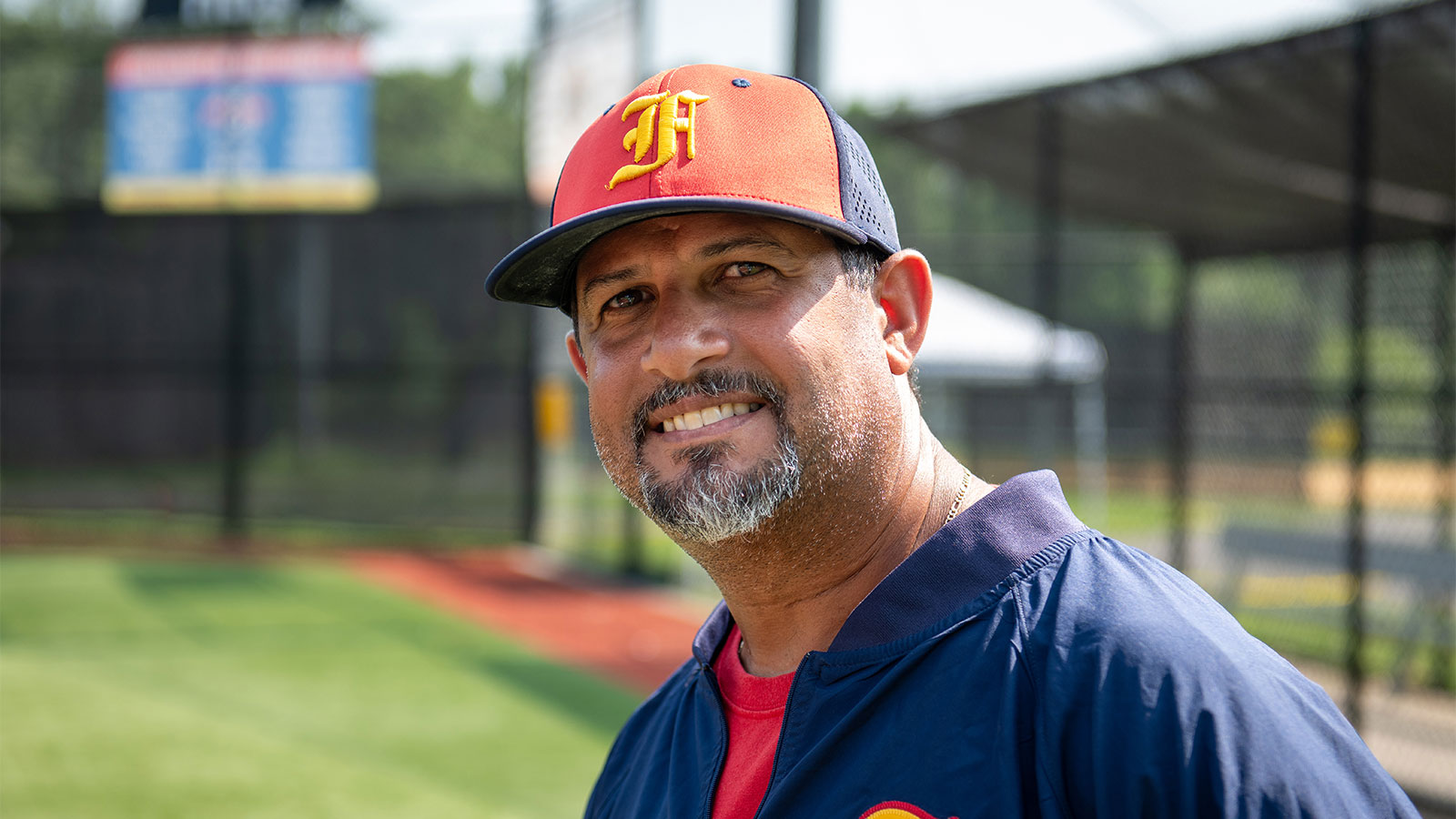
Baseball Coach Turns Male Breast Cancer Surprise into Personal Mission

The Brain Health Checklist: 11 Questions Everyone Should Ask
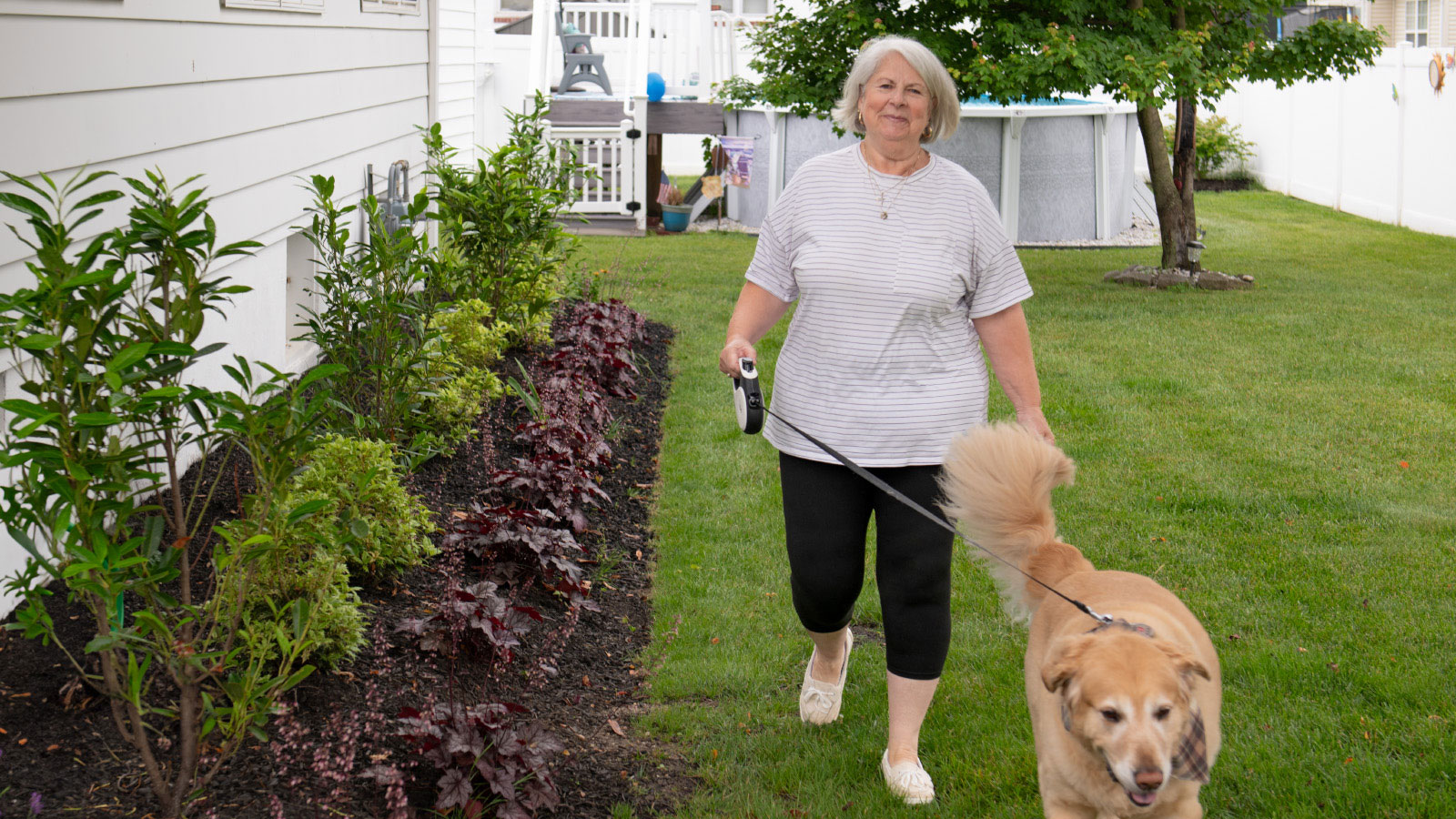
From Caregiver to Patient: Robotic Surgery Relieves Teresa's Knee Pain

How to Get and Stay Healthy This Fall

How to Reverse Prediabetes and Prevent Type 2 Diabetes

6 Ways to Get More Out of Your Daily Walk

Young Breast-Cancer Survivor Has New Hope for Healthy Future

Is Cancer Hereditary? What You Need to Know About Your Genetic Risks
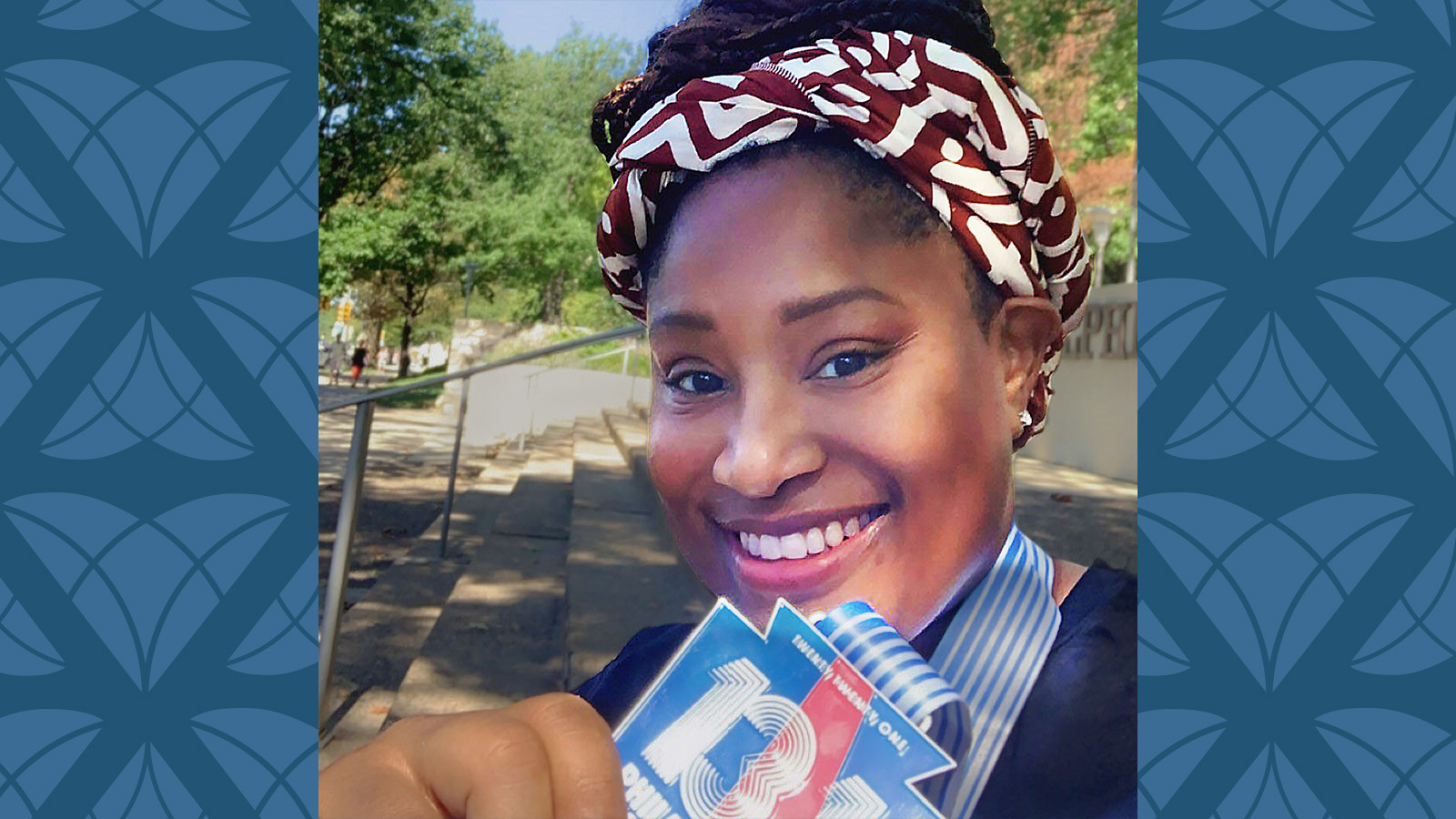
Tara's Story: From Debilitating Uterine Fibroid Pain to a Half-Marathon Medal
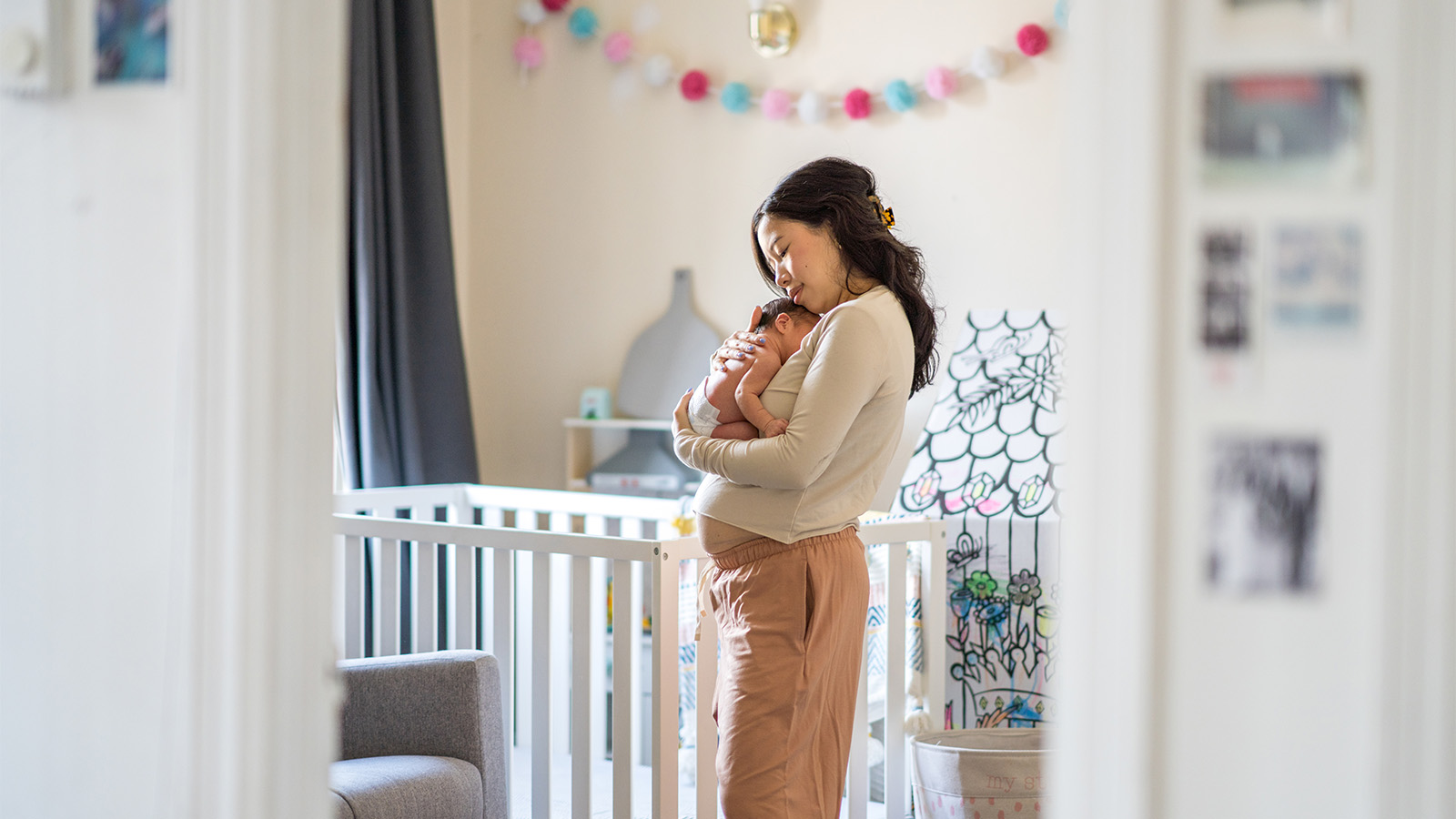
Is Your Post-Pregnancy Belly Bulge a Sign of Diastasis Recti?

Prevent Yard Work Injuries: Tips for Mowing, Gardening, and Raking
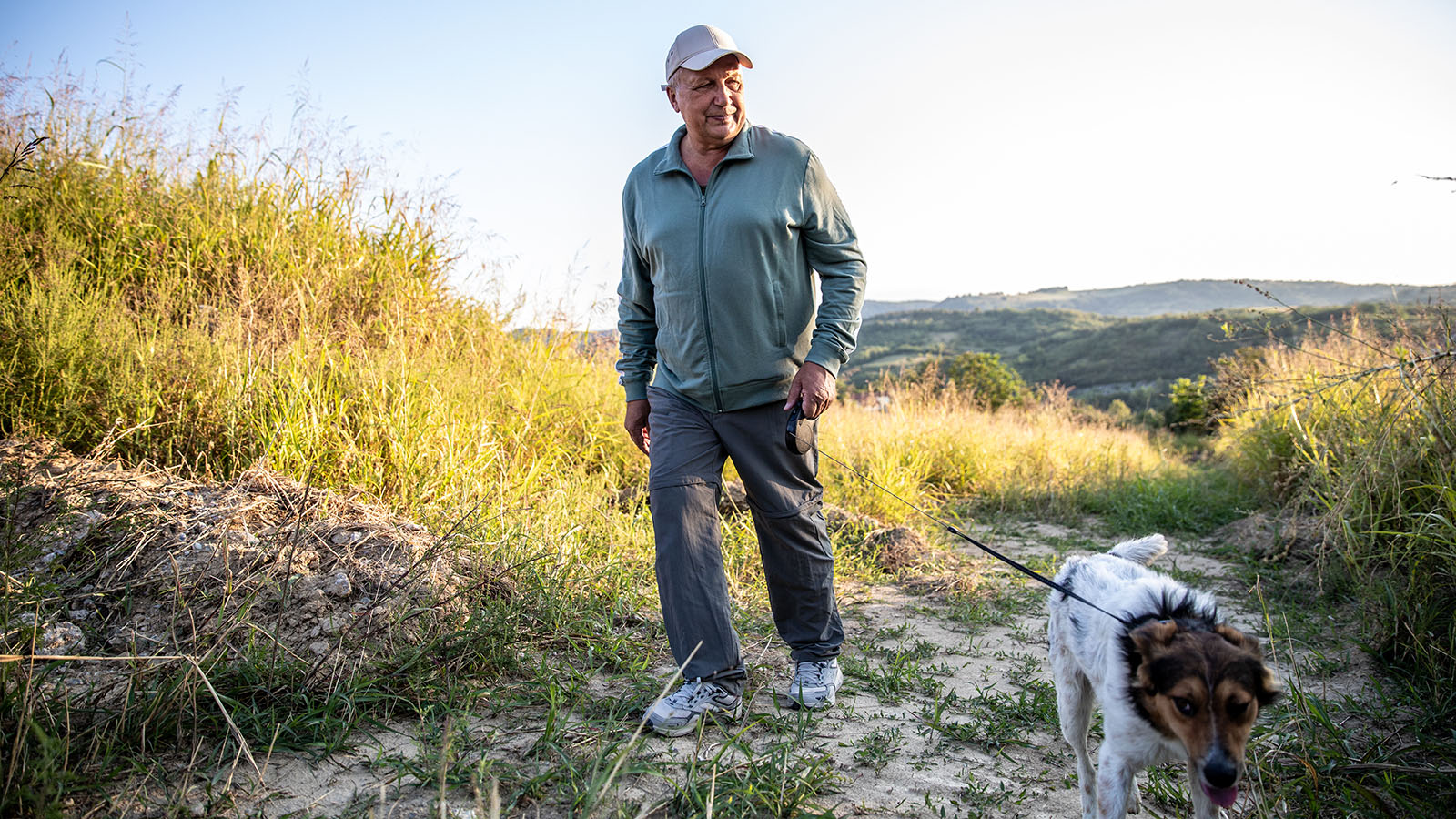
Is Your Daily Walk Making You Really Sore?

IBS and Alcohol: Can You Still Enjoy a Drink?
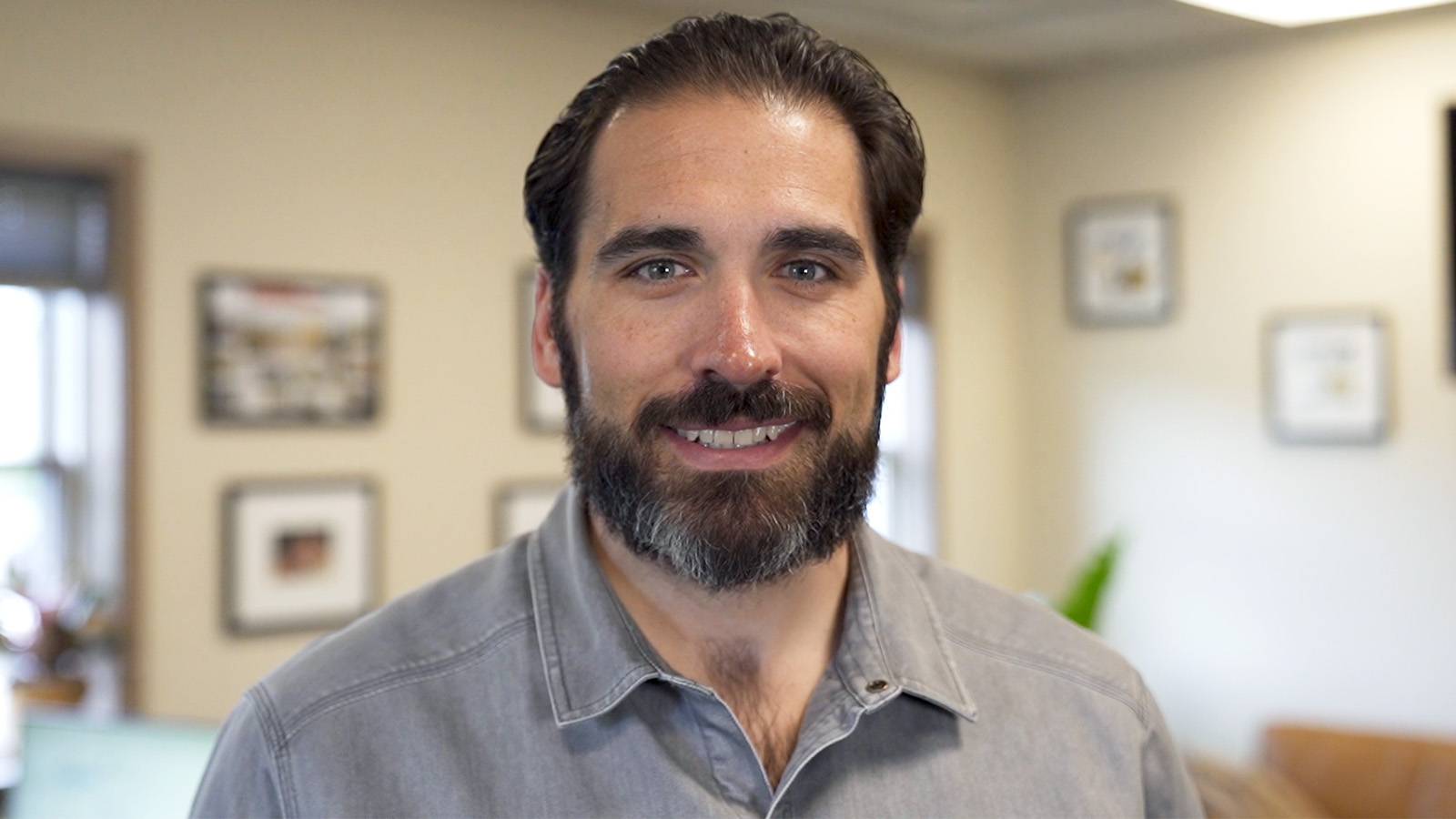
Focus on Mental Health Is Key Part of Andrew's Weight-Loss Journey

What You Need to Know About Epilepsy
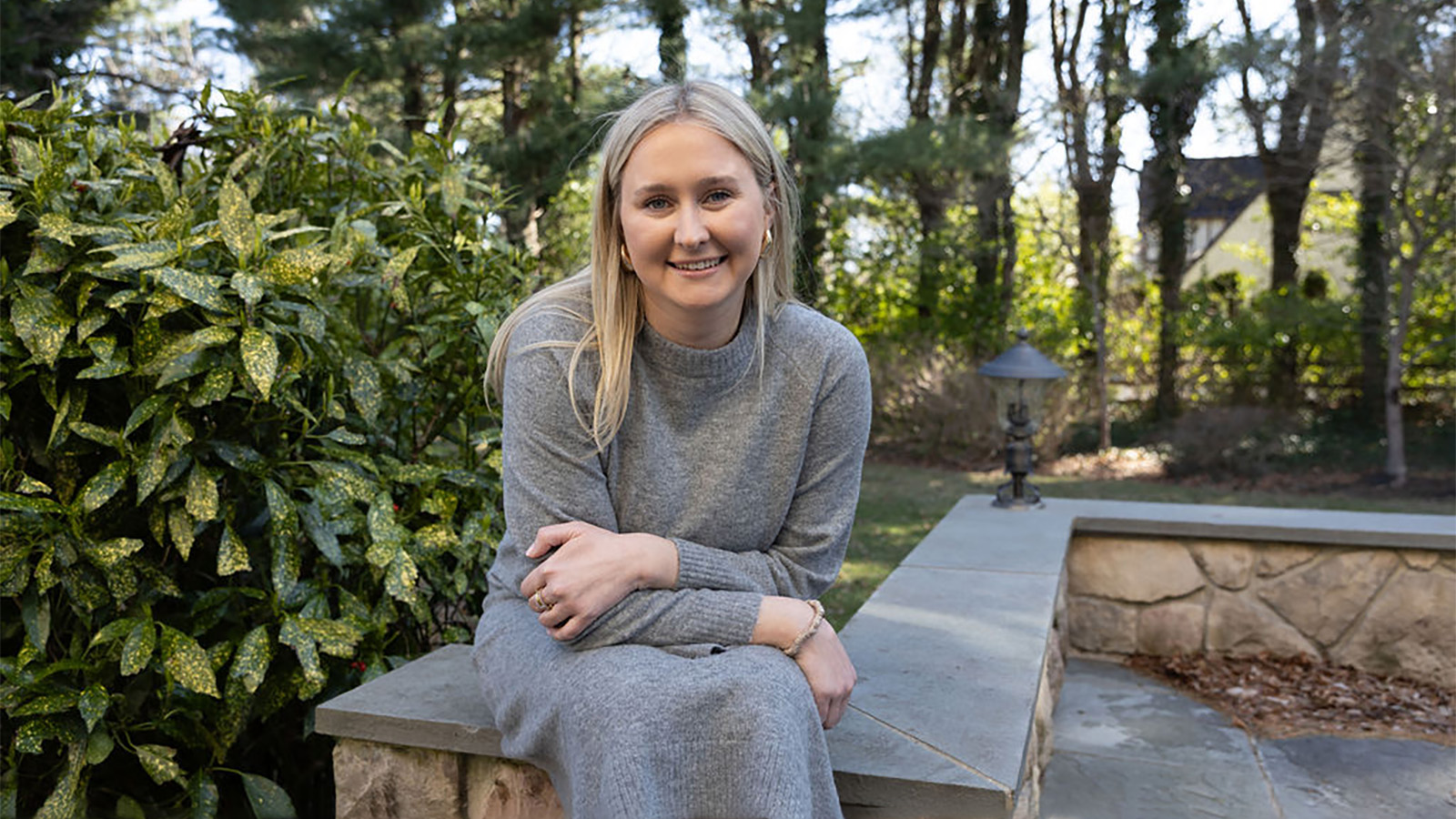
'Feeling Joy Again': ECT Brain Stimulation Therapy Restores Ashley's Well-Being

Not Just for Wrinkles: Botox Injections Promote Improved Bladder Control

5 Best Biking Trails In South Jersey

How to Stay Cool and Prevent Heat Illness All Summer Long
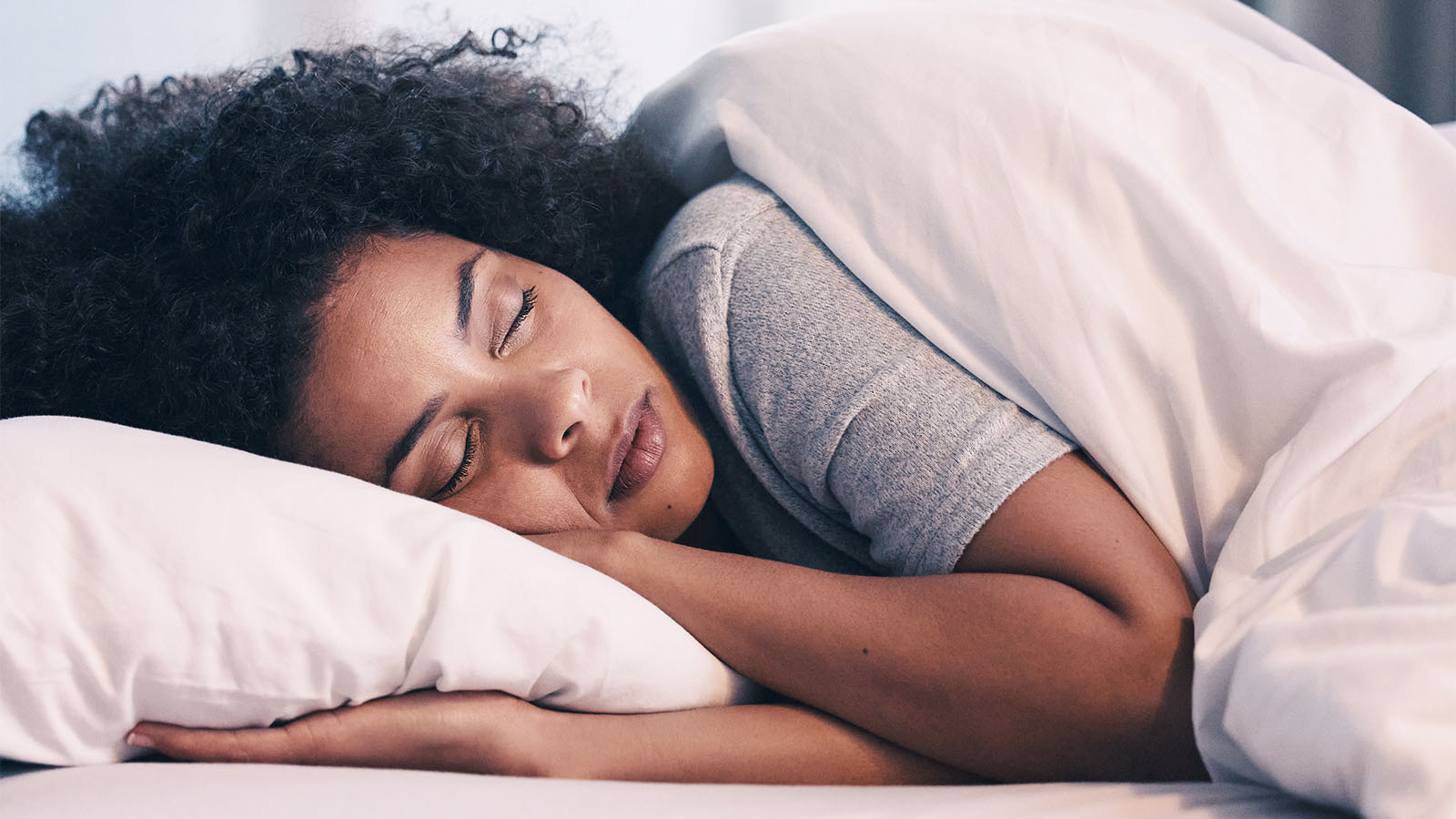
What Happens to Your Body When You Don't Get Enough Sleep?

5 Key Facts About Proton Therapy for Cancer Treatment
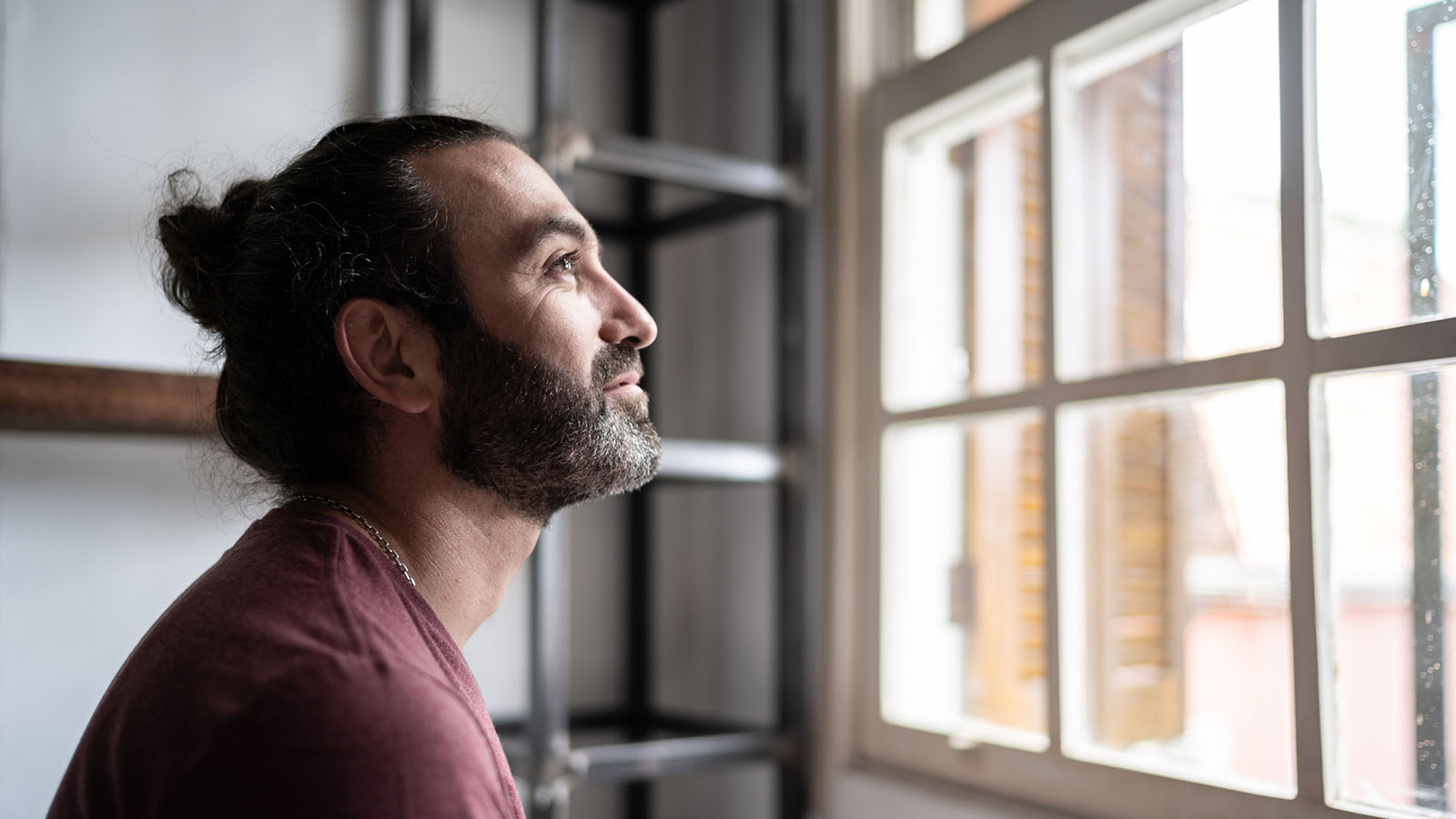
Mood Swings vs. Mood Disorders: Know the Signs and Get Help
Are emotional ups and downs disrupting daily life? Learn common signs of mood disorders, and when to talk to a doctor about diagnosis and treatment options.
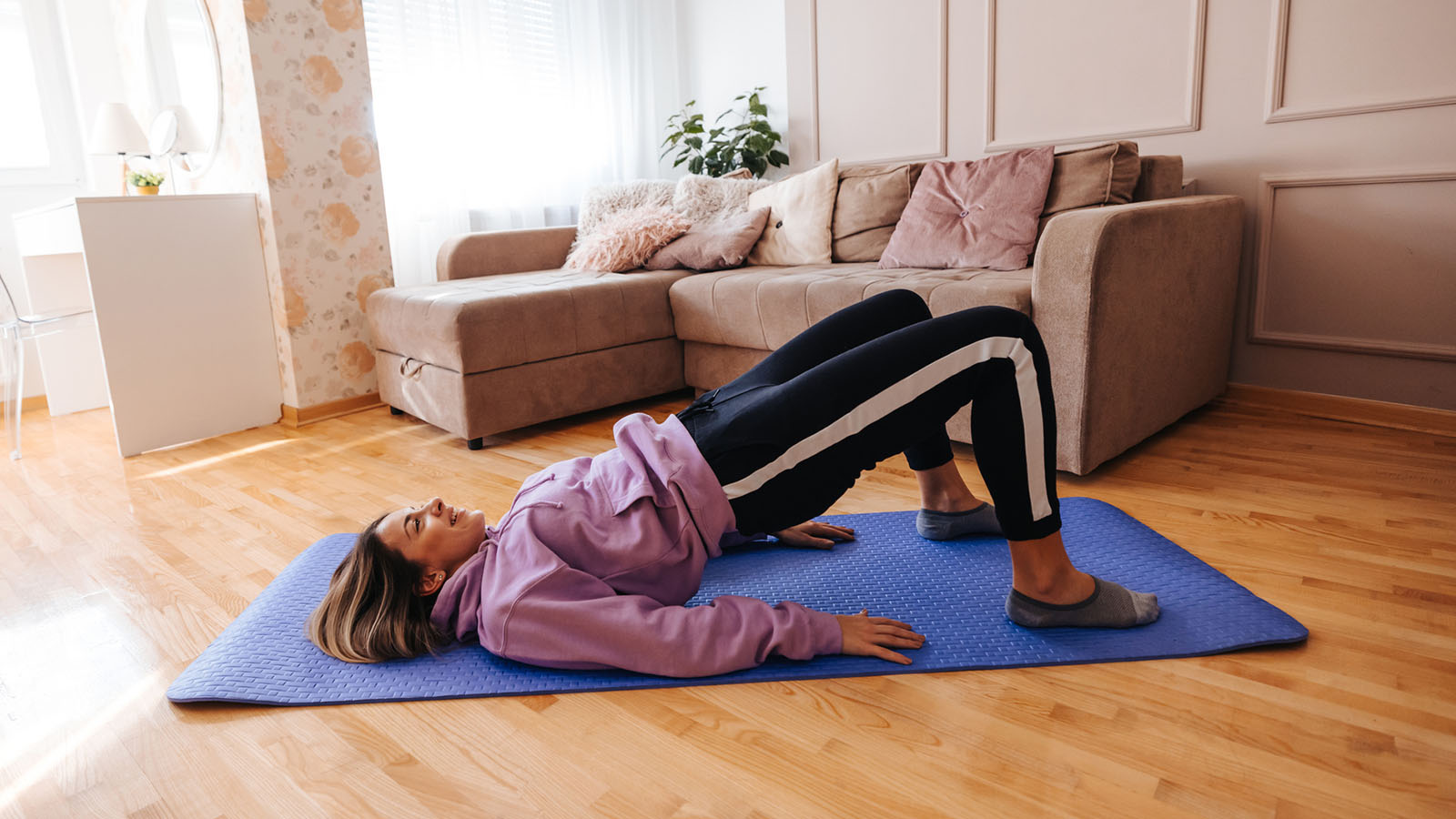
4 Foolproof Pelvic Floor Strengthening Exercises for Women
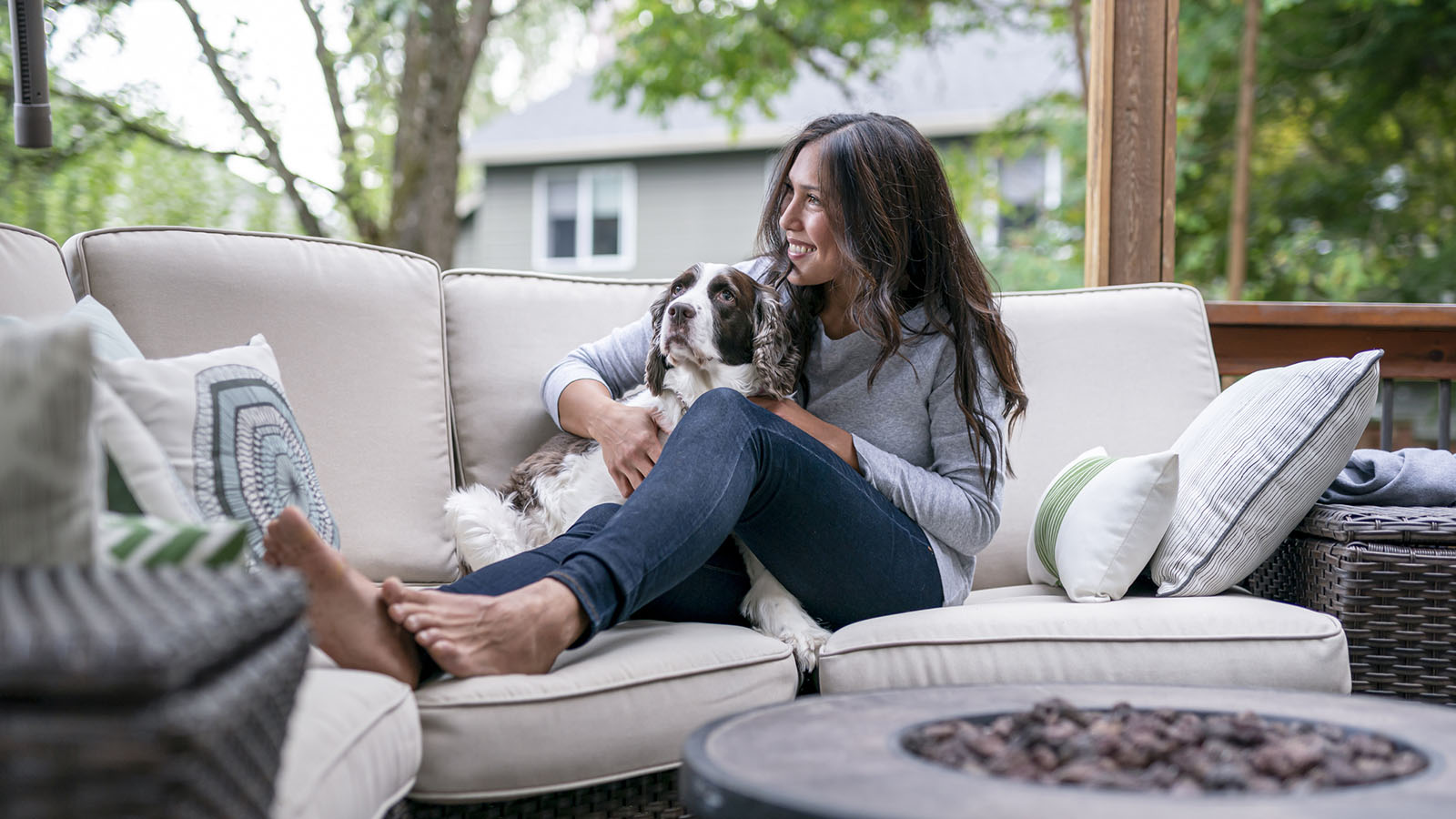
What to Expect During Perimenopause

Protect Yourself From Tick Bites and Lyme Disease

6 Tips to Tame Your Spring Allergies

Do You Know the Signs and Symptoms of Uterine Fibroids?

How Are Uterine Fibroids Treated?

How Can I Prevent Bone Loss and Osteoporosis?
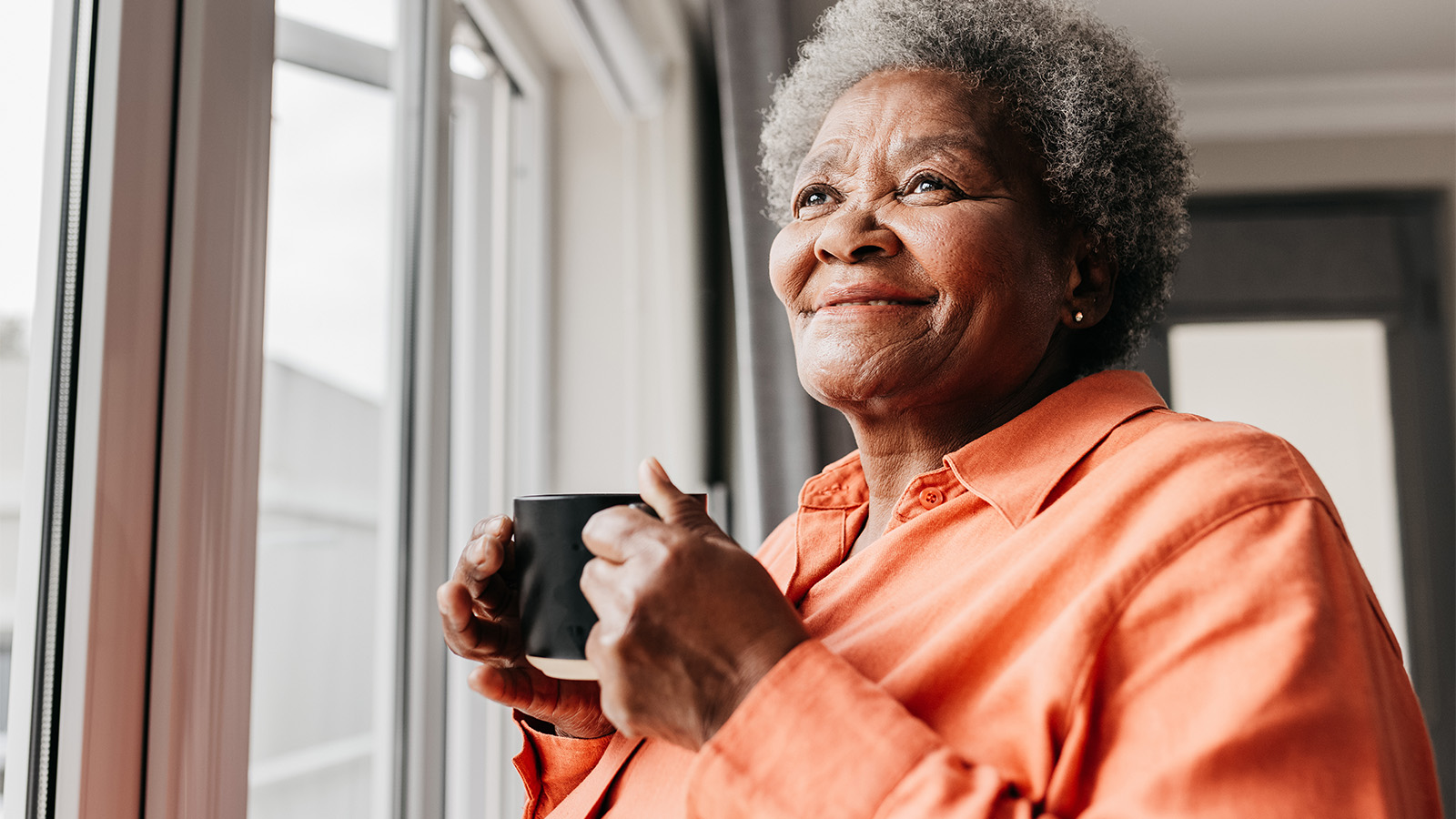
Is an At-Home Colon Cancer Test a Good Alternative to a Colonoscopy?

How Do You Manage the Side Effects of Weight-Loss Medications?

A Woman’s Four-Step Guide to Fight Back on Back Pain
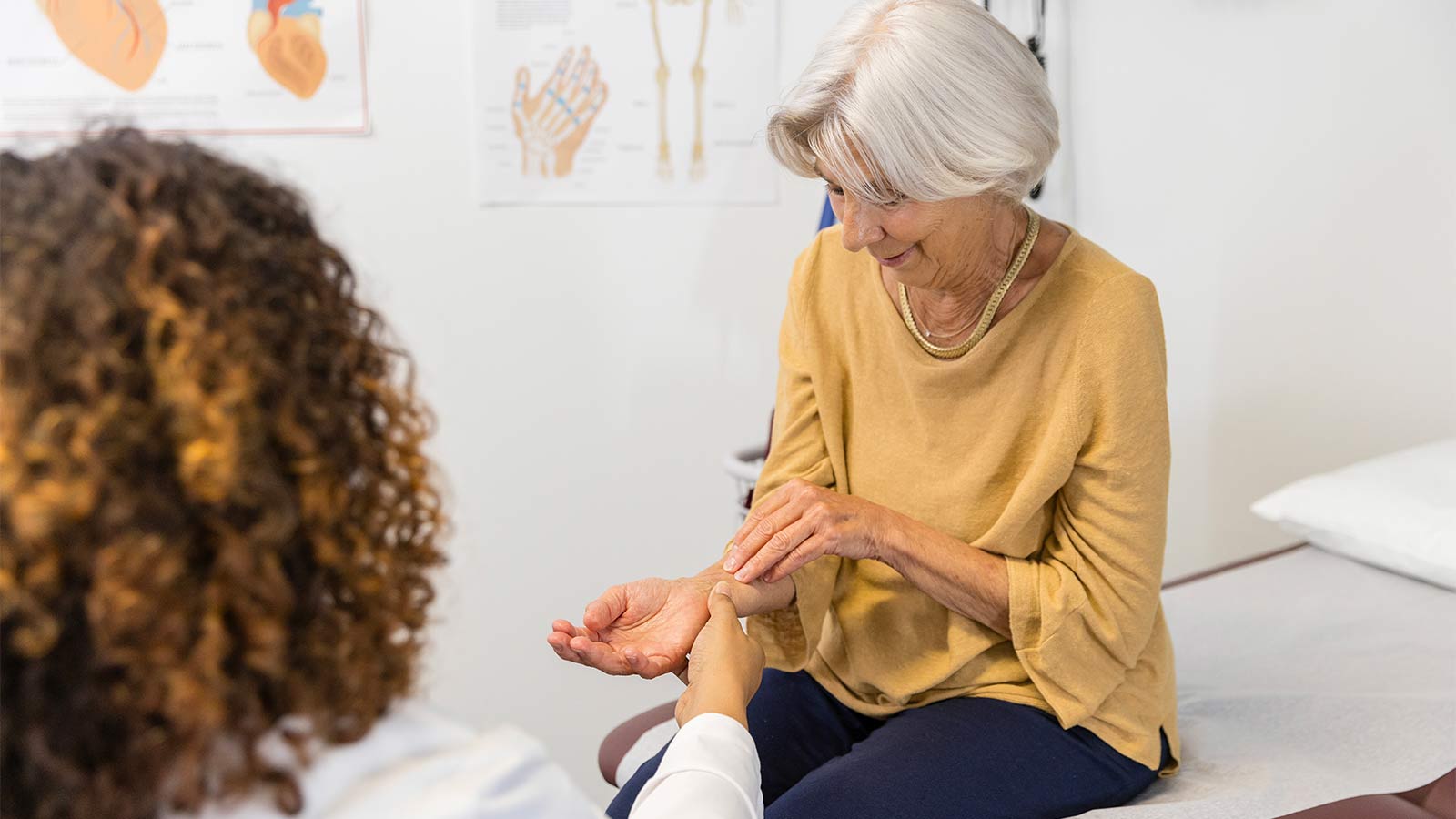
What You Need To Know About Carpal Tunnel Syndrome
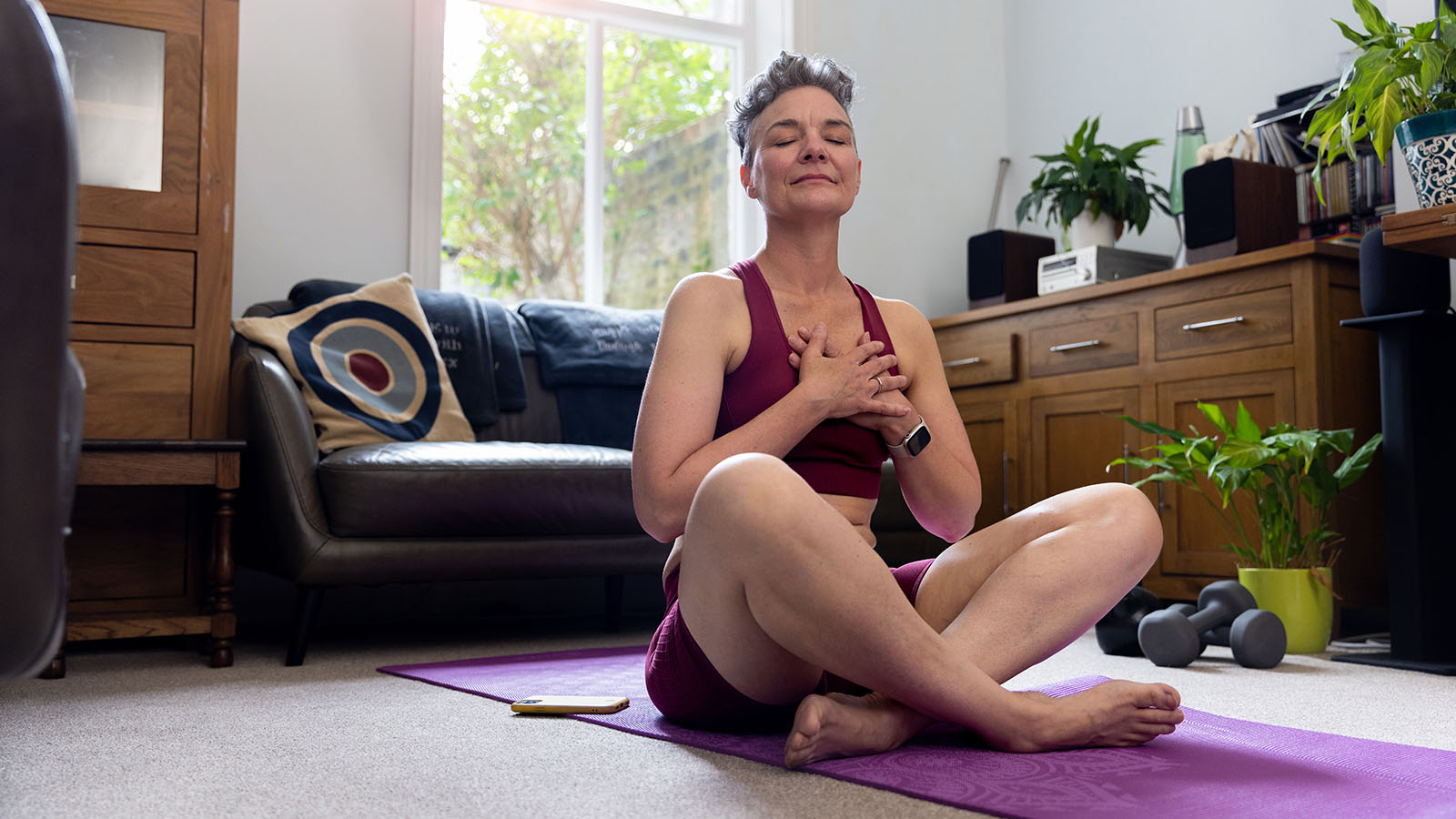
The Truth About Menopause, Weight Gain, and Belly Fat

Shedding Light on Lesser-Known Menopause Symptoms and Solutions

Debunking The Myths About Vaginal Dryness
Inside Look at Blood Vessels Aids PAD Treatment
Denise Davis: Pay Attention to Your Heart Health

What You Need To Know About Stroke Treatment

10 Smart Ways to Manage Your Diabetes
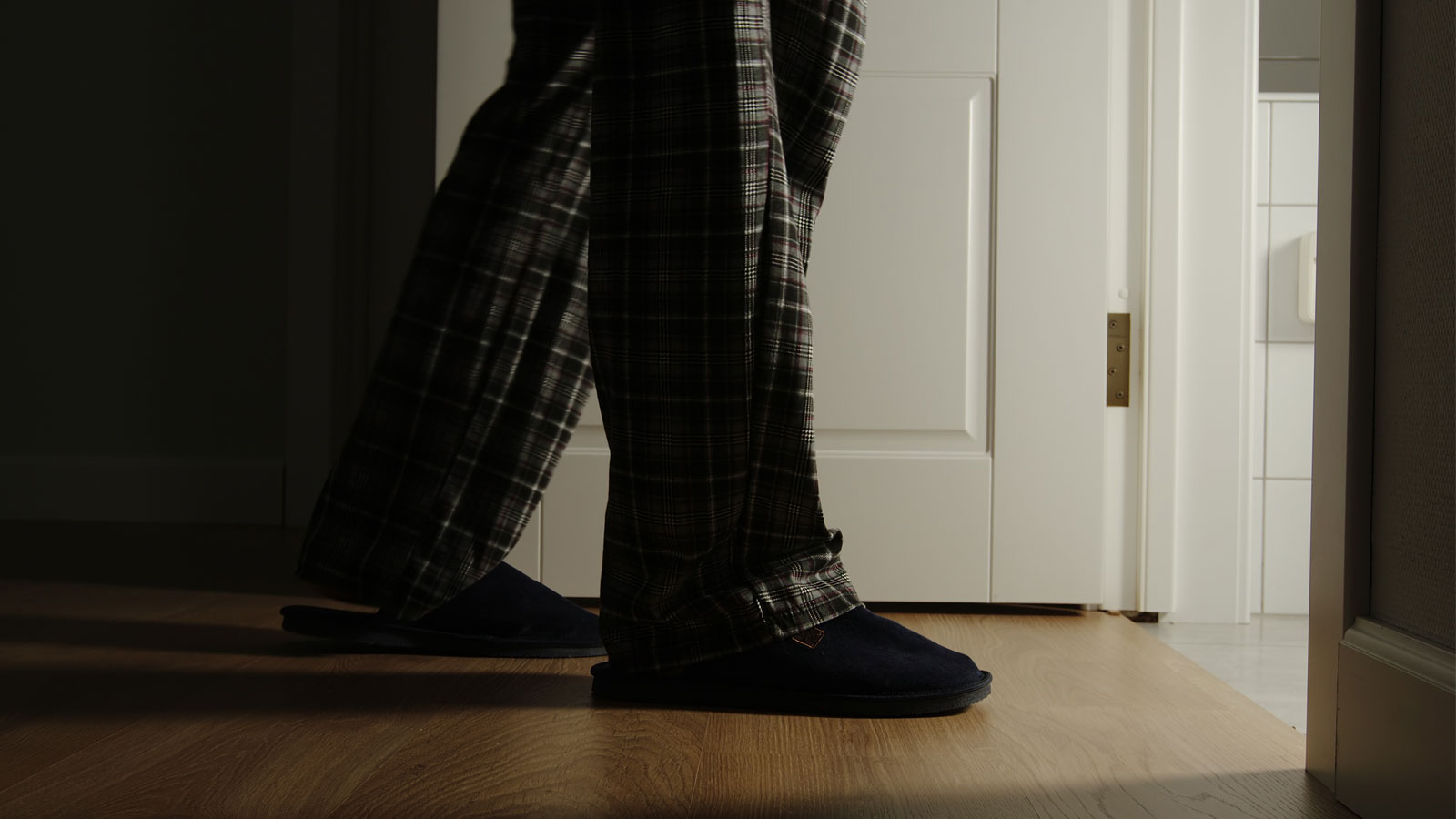
Signs You May Have Chronic Kidney Disease
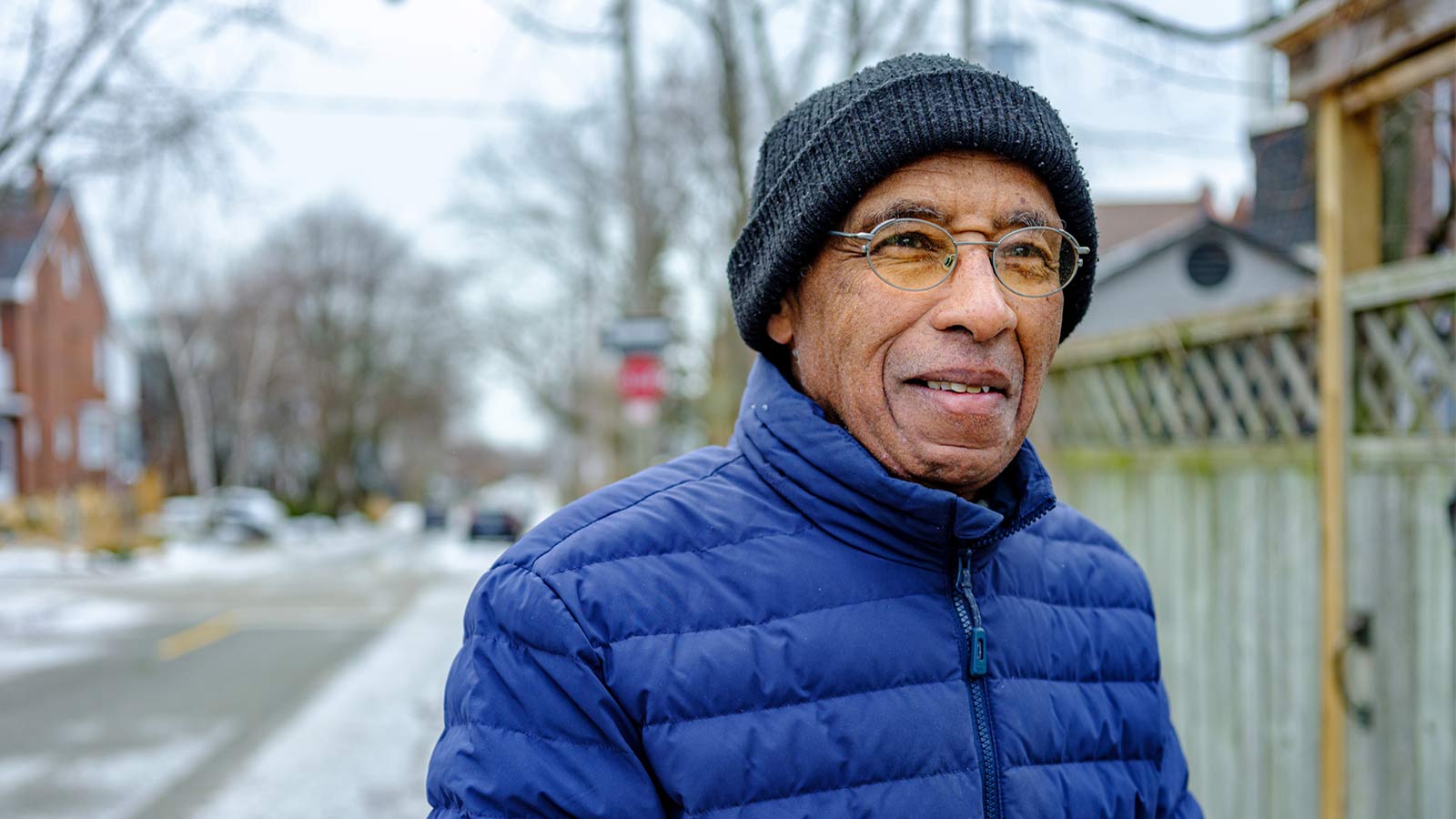
5 Essential Winter Foot Care Tips When You Have Diabetes
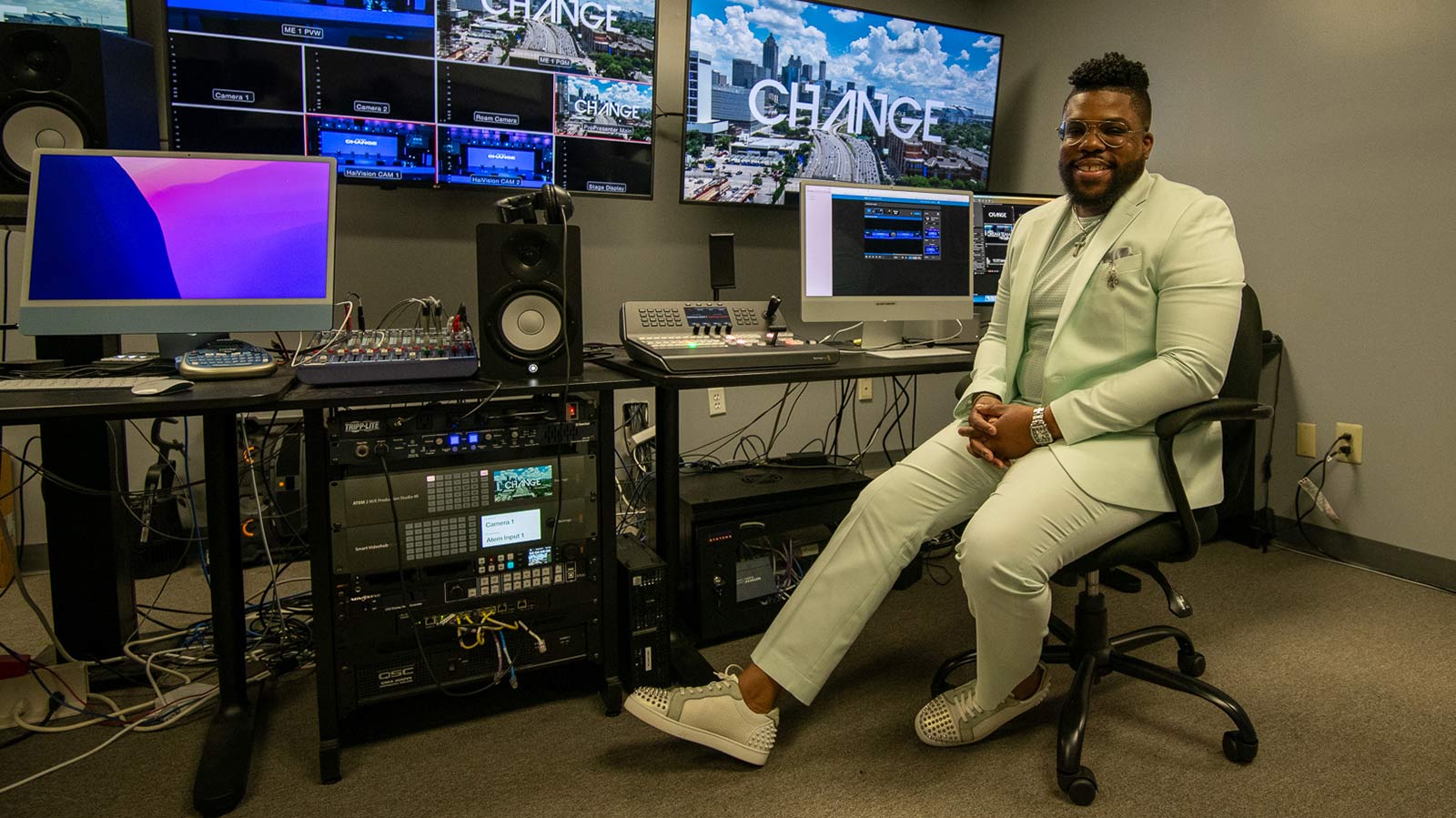
Sweet Music: Trust, Teamwork Save Justin from Heart Attack

Complex Heart Surgery Nets James a Lifelong Friend
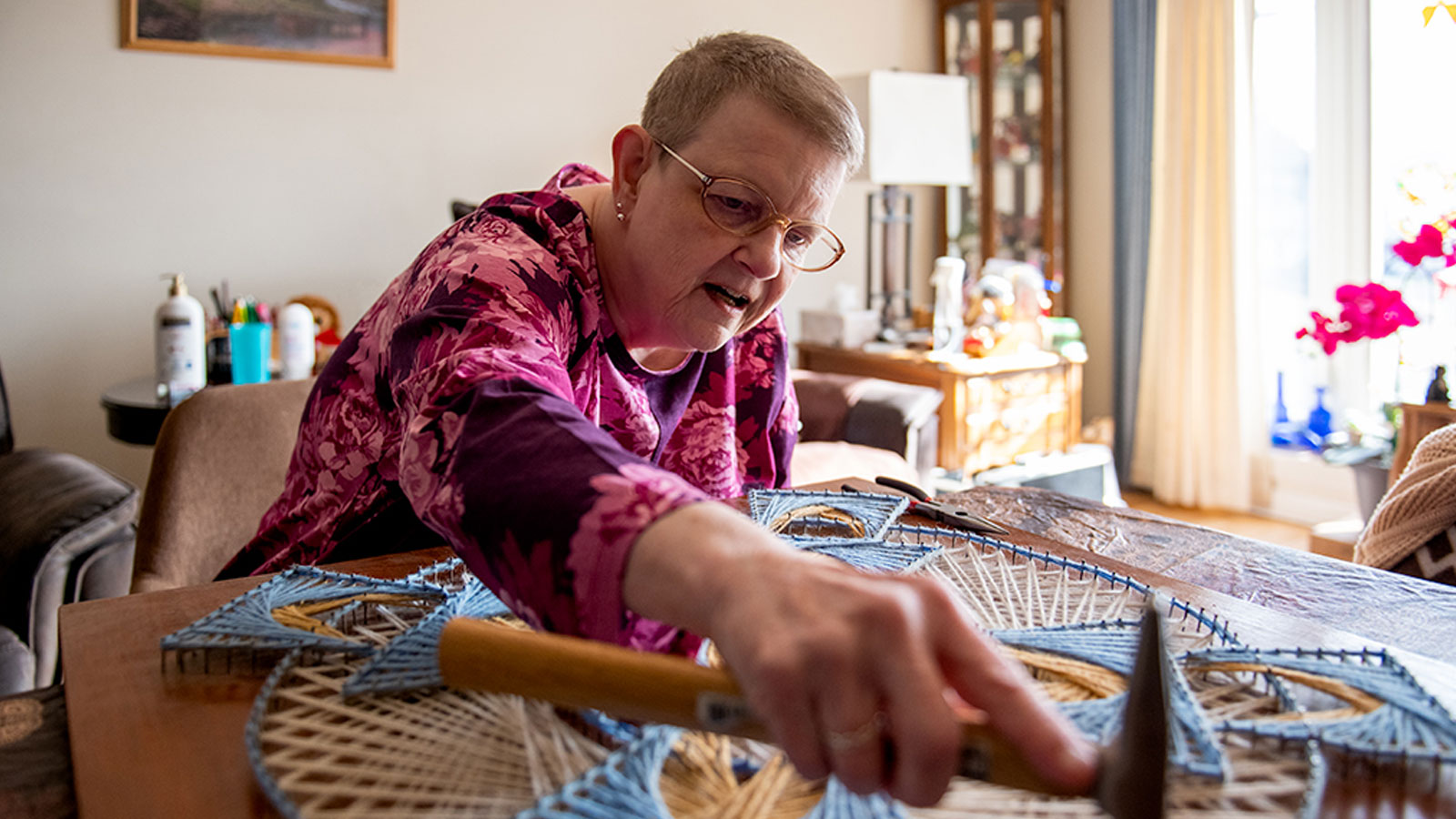
Hepatitis C Kidney Transplant a Blessing For Lee Manns
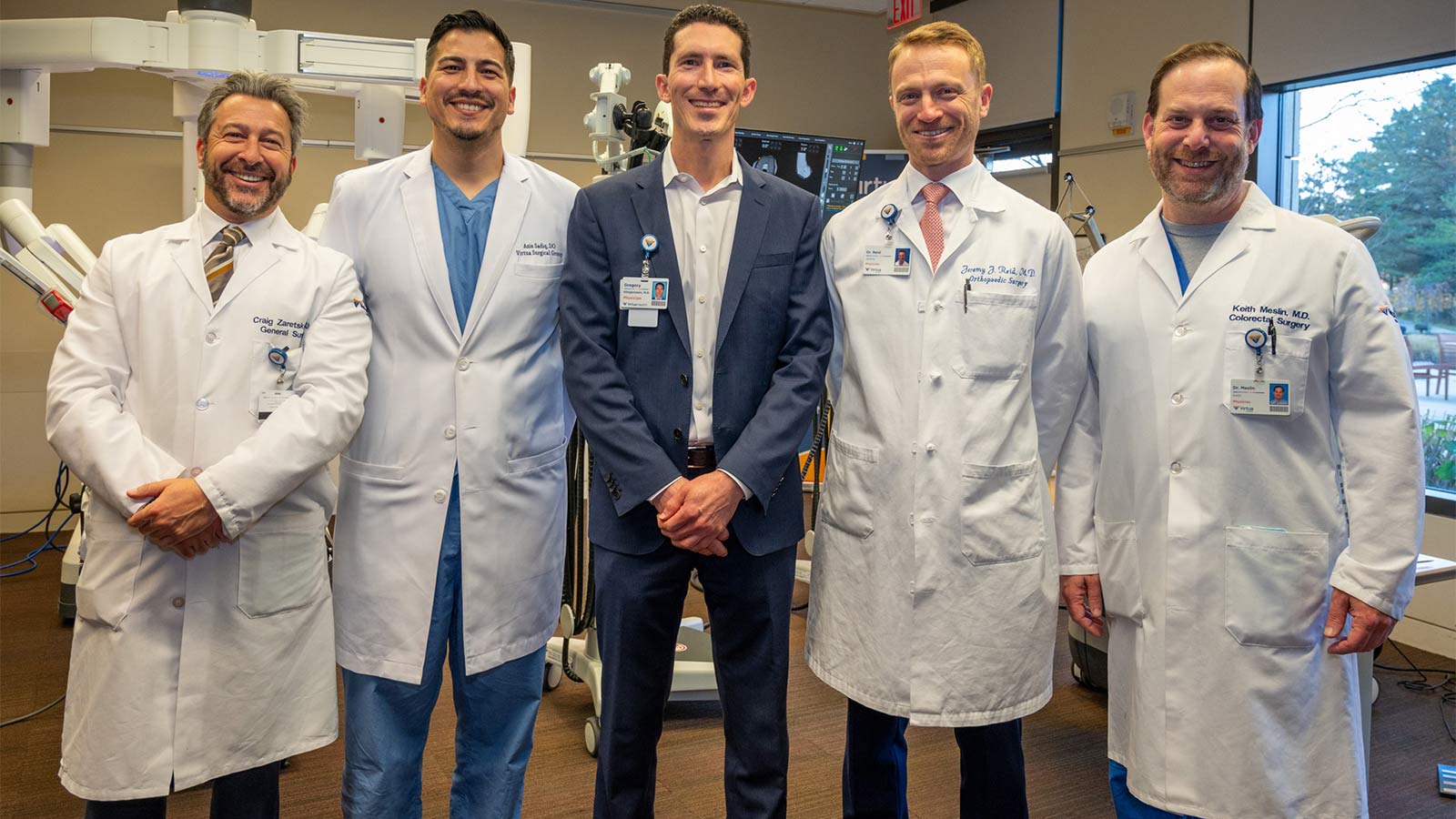
7 Reasons Why You Want Your Surgeon to Be an Expert in Robotics

Colitis Symptoms Under Control, Jennifer Is ‘Living My Best Life’
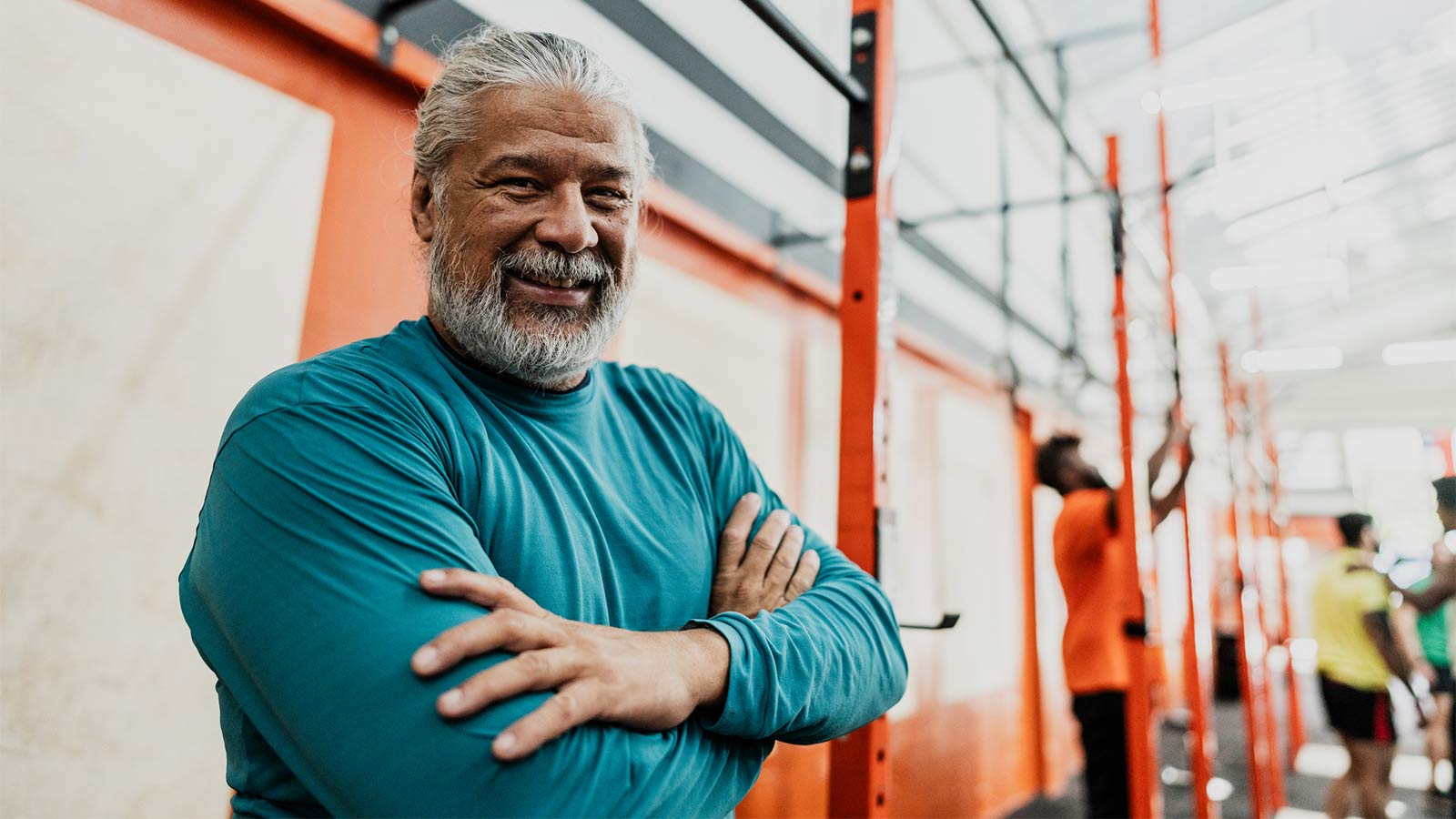
How Do I Care for a Wound that Won't Heal?
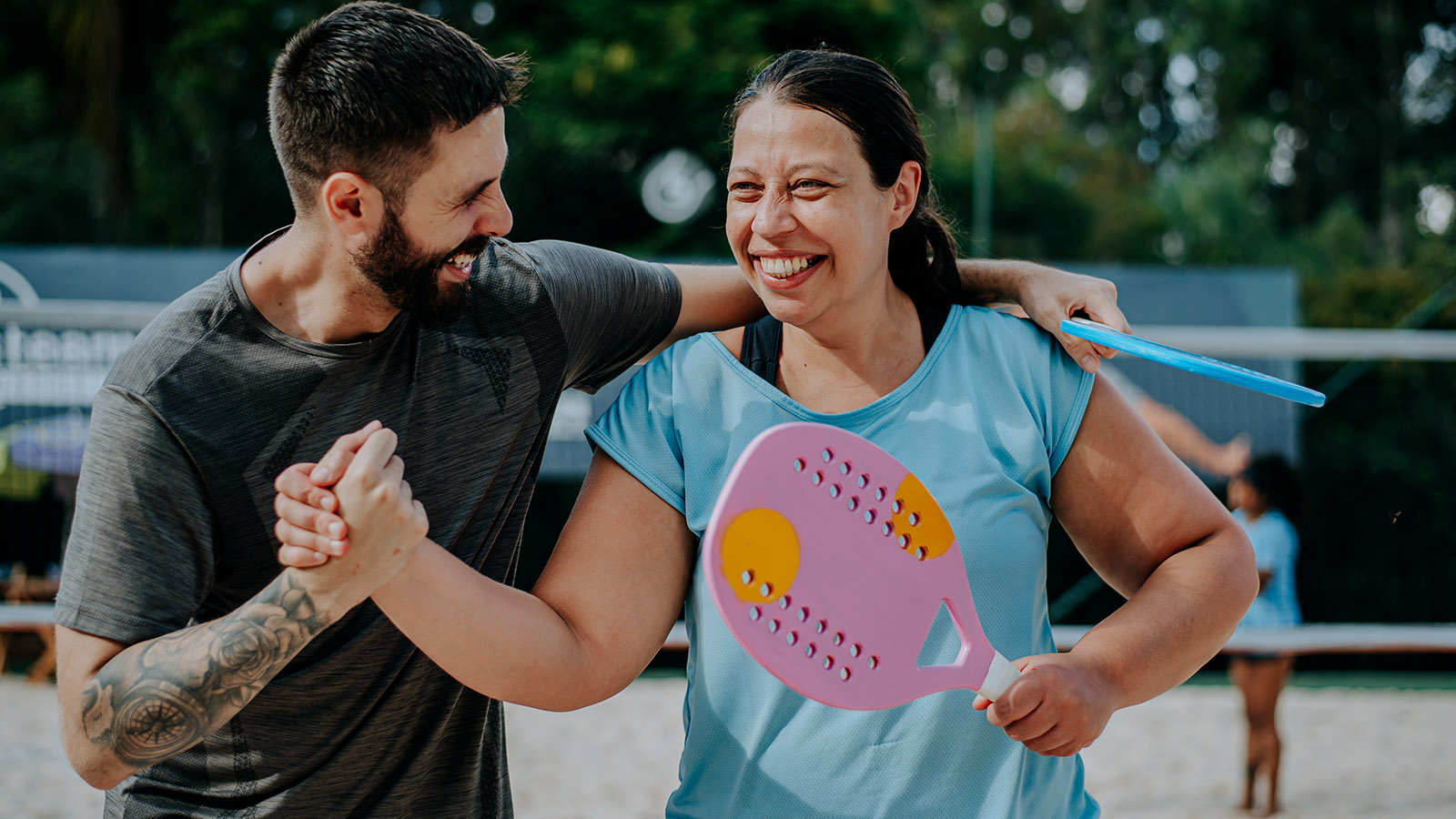
Five Back Pain Risk Factors That You Should Know
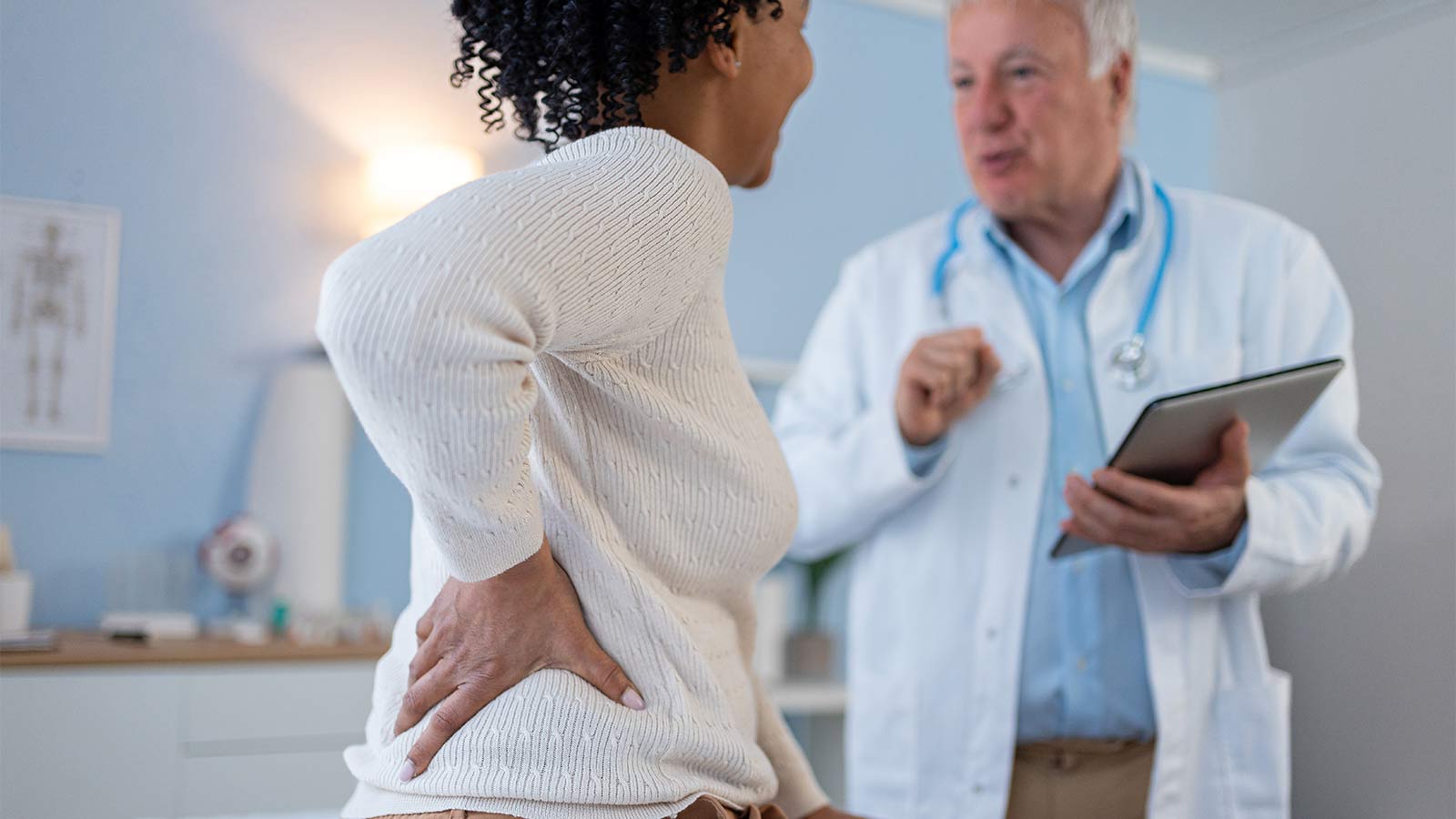
Is My Back Pain Normal, or Is It Spinal Stenosis?

Robotic Hernia Surgery Combines Innovative Techniques With Faster Recovery Times
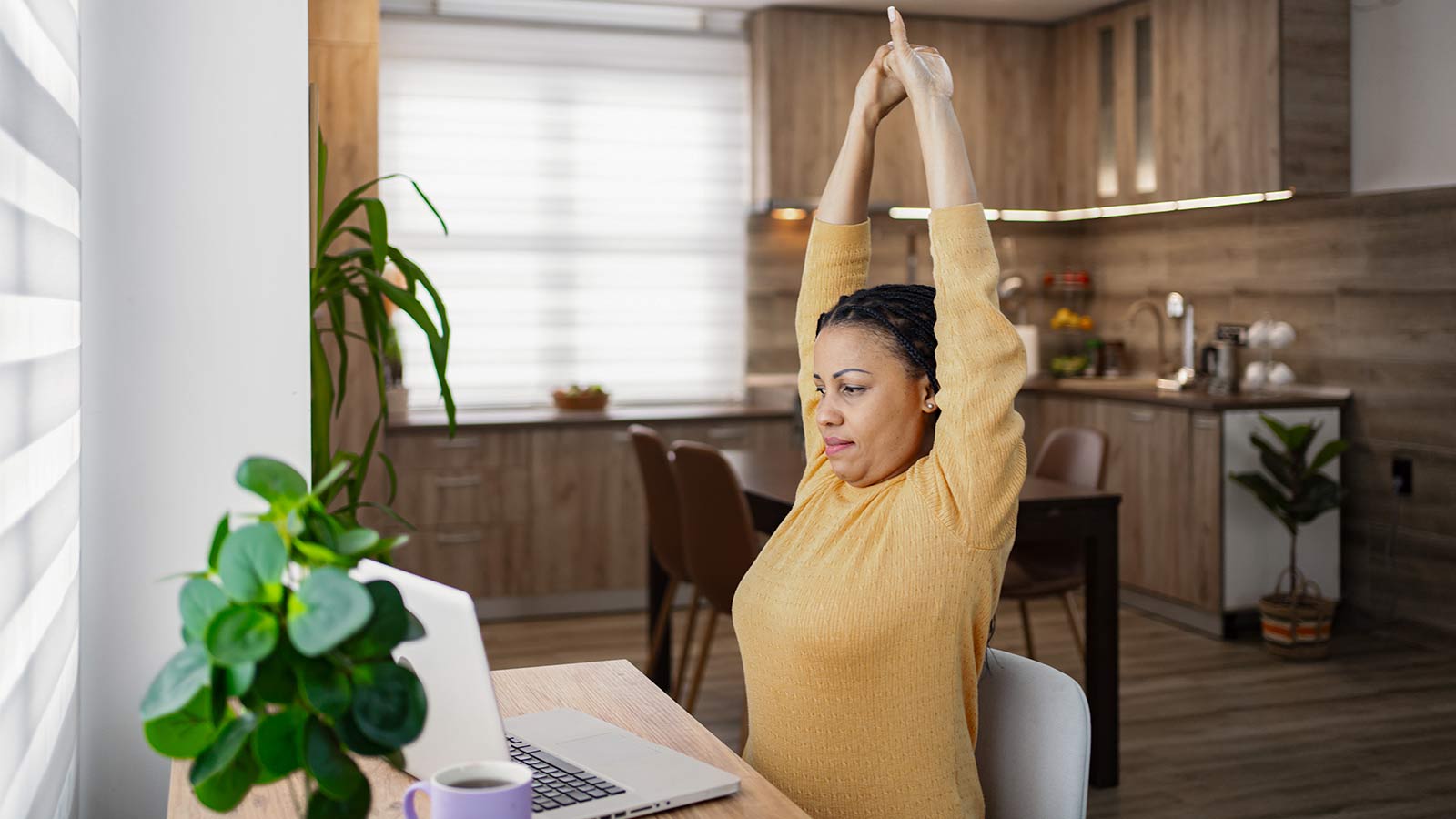
5 Back Stretches for the Work-From-Home Workweek
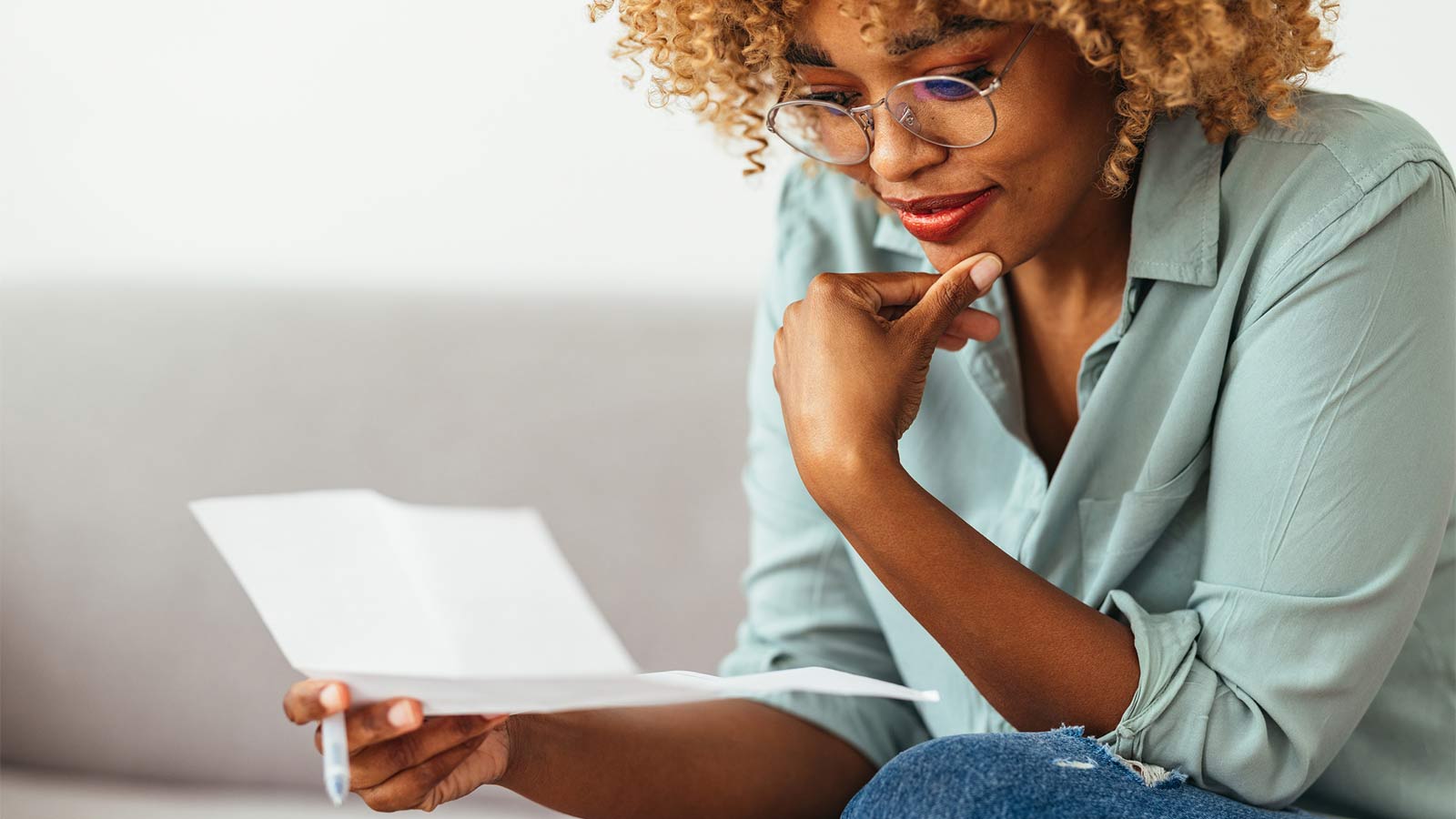
How Does Breast Density Affect Your Mammogram?

Menopause: New Insights Into the Power of Hormone Replacement Therapy
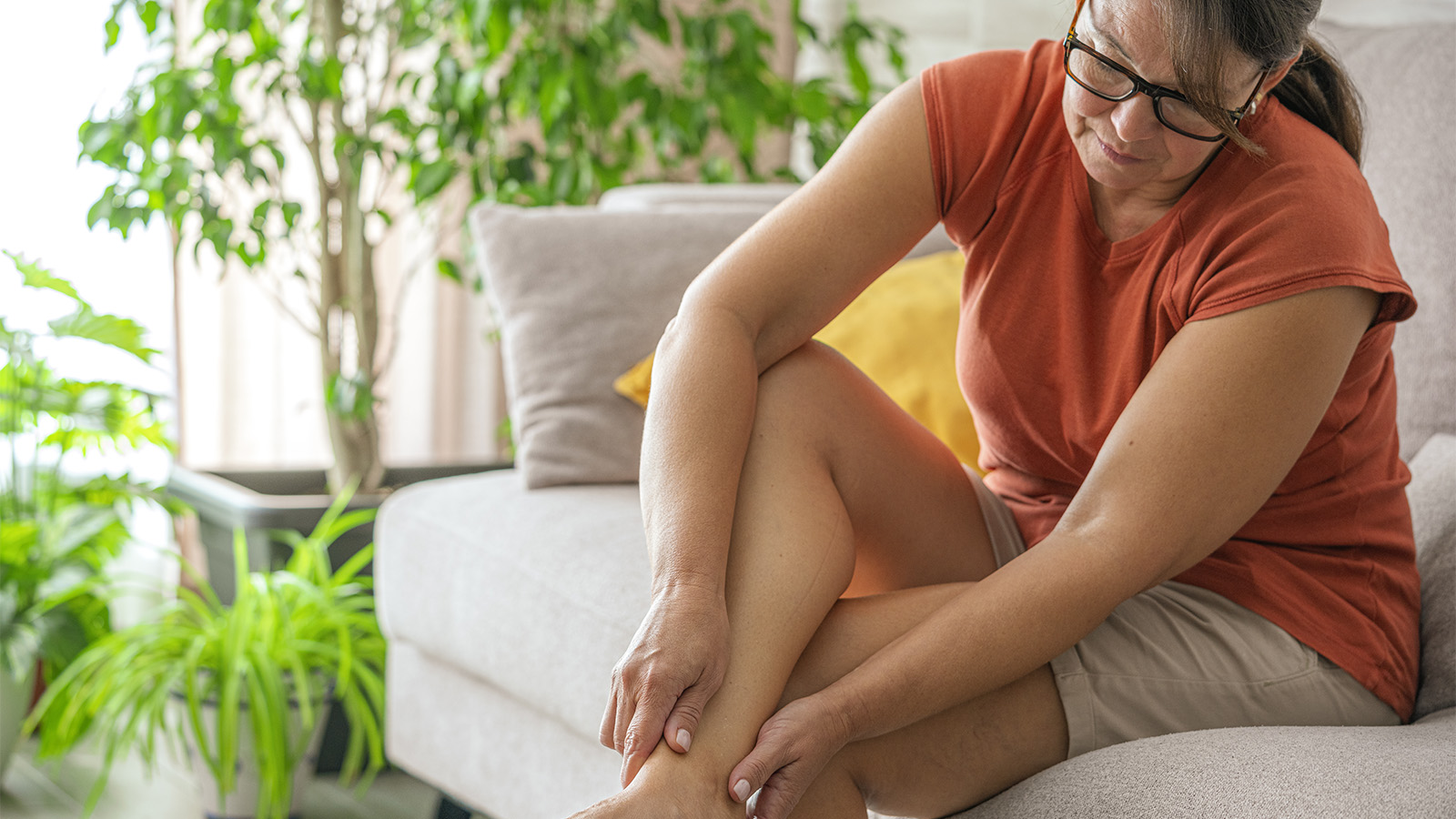
Signs You Should Get Treated For Vein Problems
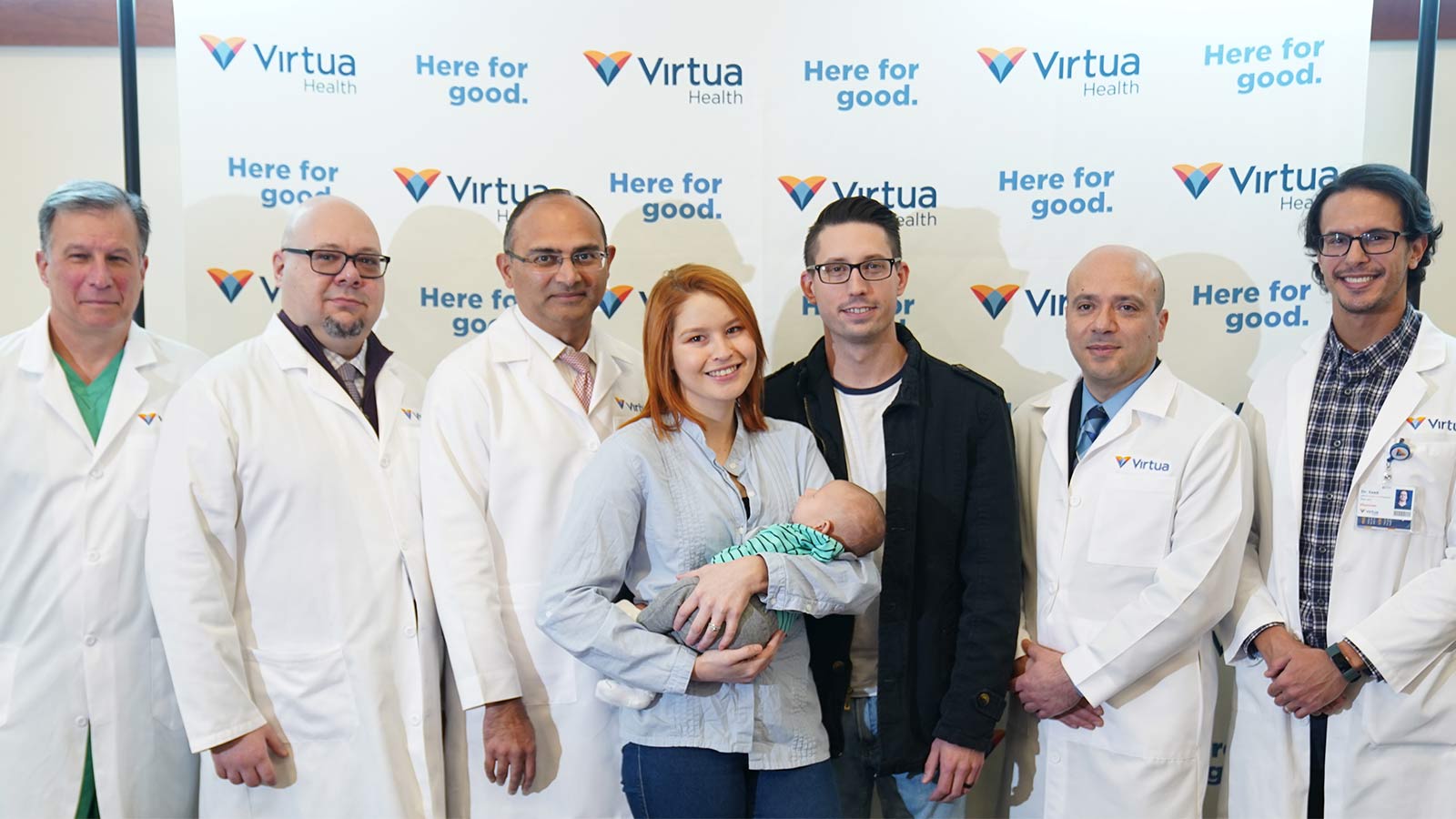
One New Heart Valve Saves Two Lives in the Tritten Family

What You Need to Know About Heart Failure
Lung Valve Surgery Relieves COPD, Emphysema Symptoms
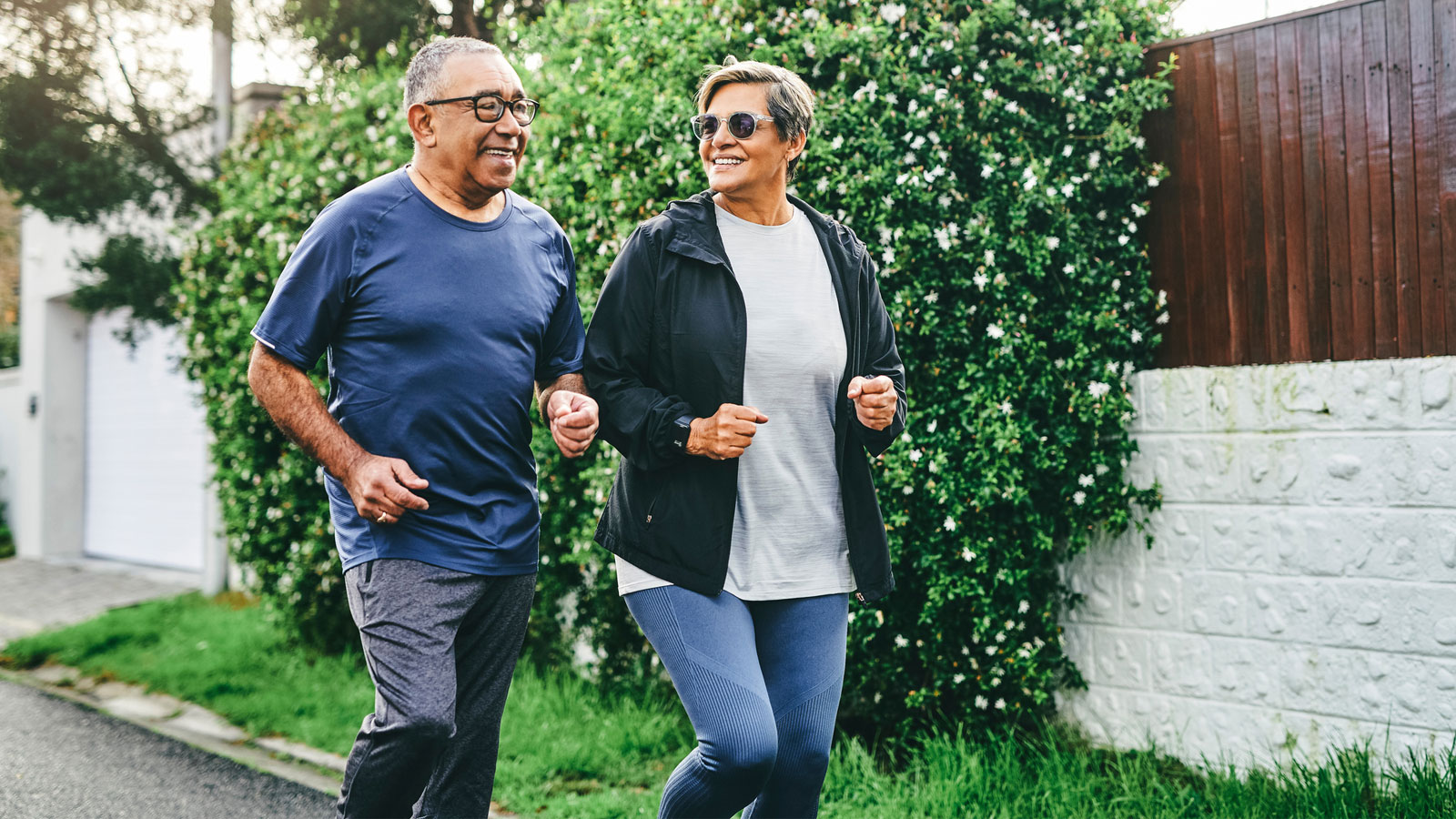
4 Easy Ways to Treat and Prevent Runner's Knee
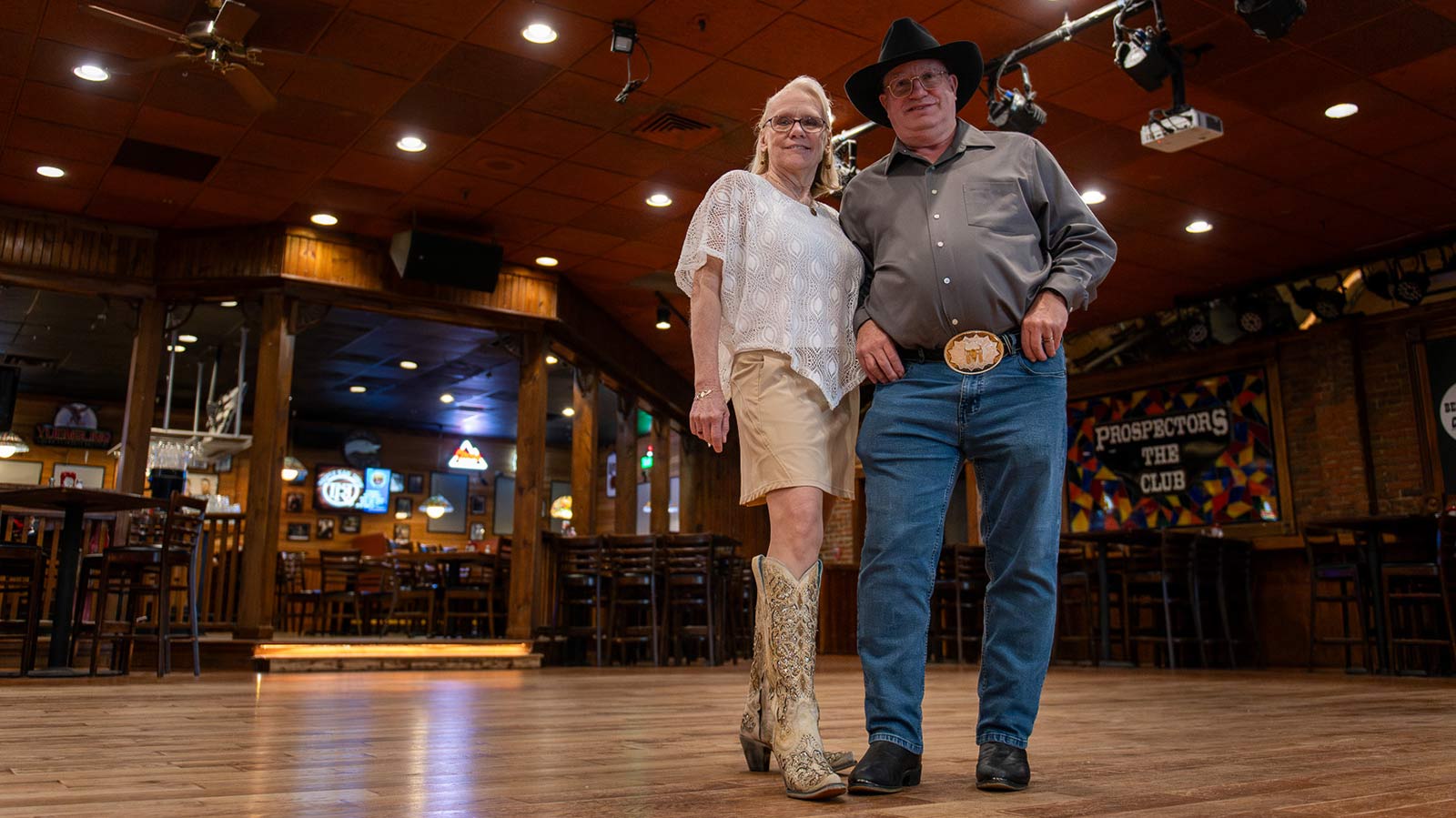
Lung Screening, Robotic Technologies Get Pat Kicking Up Her Boots Again

Breast Cancer Diagnosis Inspires Catherine to Help Others

Jasmine’s On-Air and Pain-Free After Gallbladder Surgery
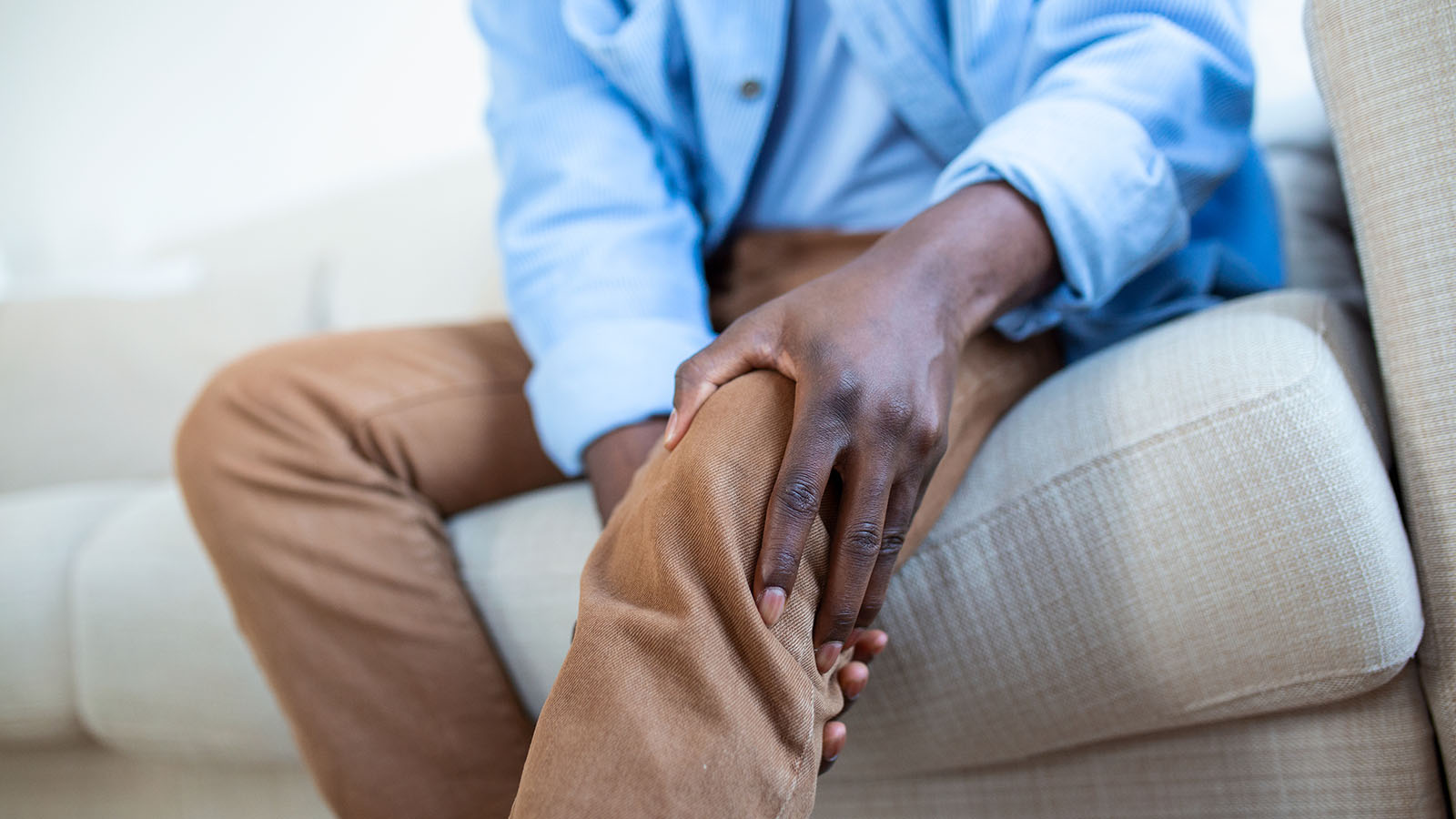
When Should I See a Doctor About My Knee Pain?

Quick Action Leads to Jesse's Recovery From Stroke
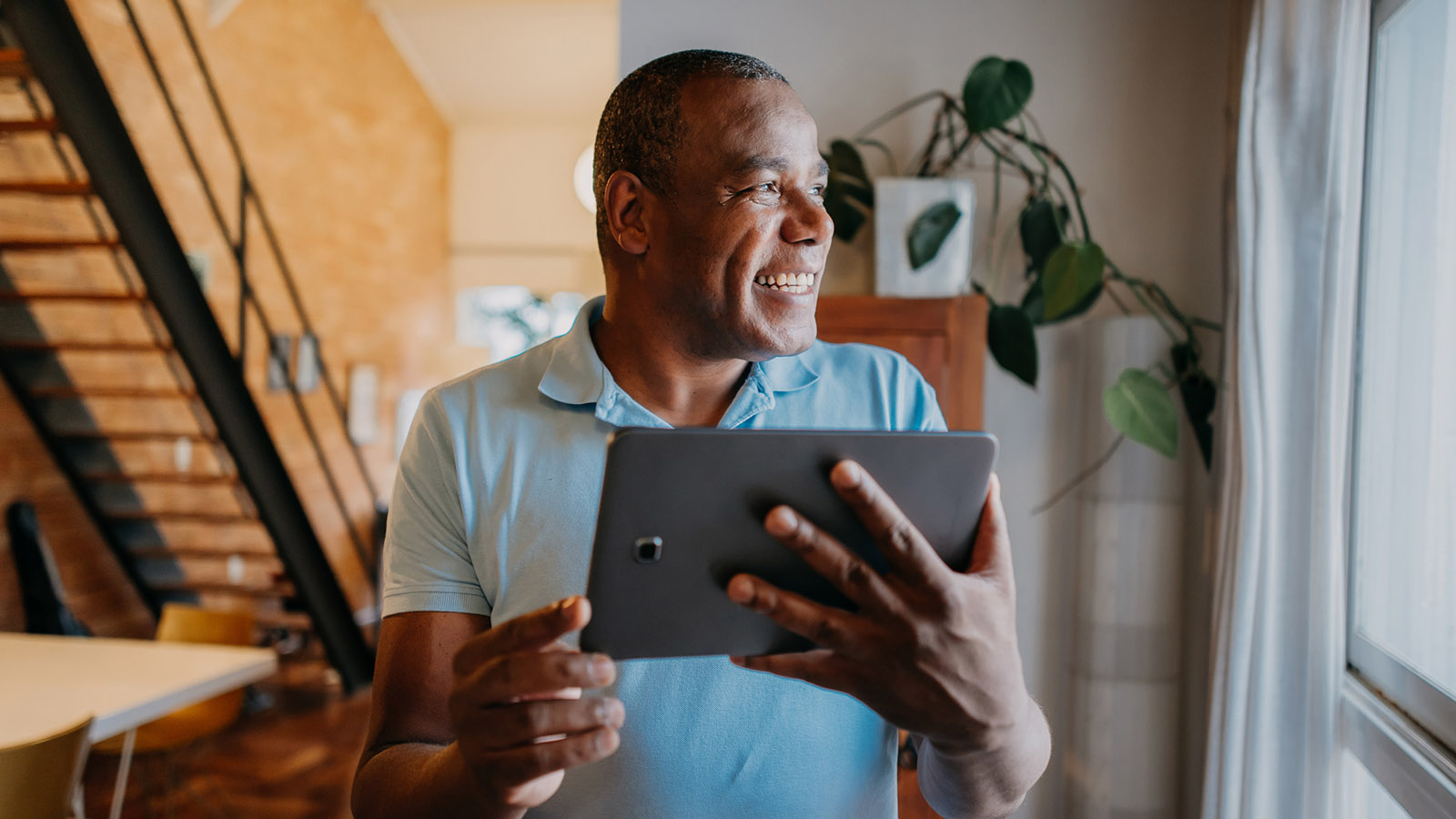
A Non-Athlete’s Guide to Shoulder Overuse Injuries
Shoulder problems aren’t limited to athletes. Virtua orthopedic surgeon Sean McMillan, DO, explains shoulder overuse injuries and prevention in this article.
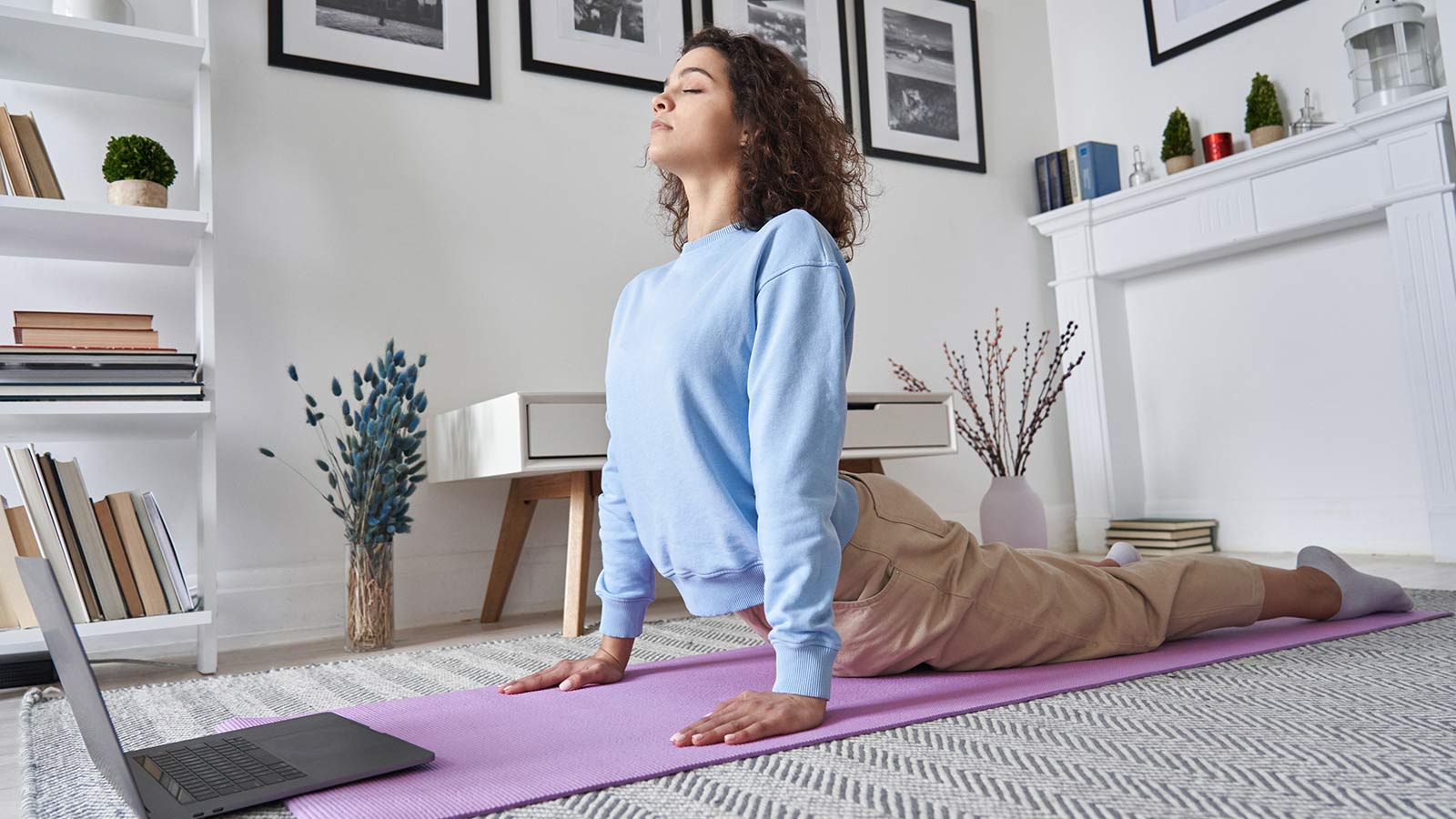
Put Lower Back Pain Behind You With This Ten-Step Guide
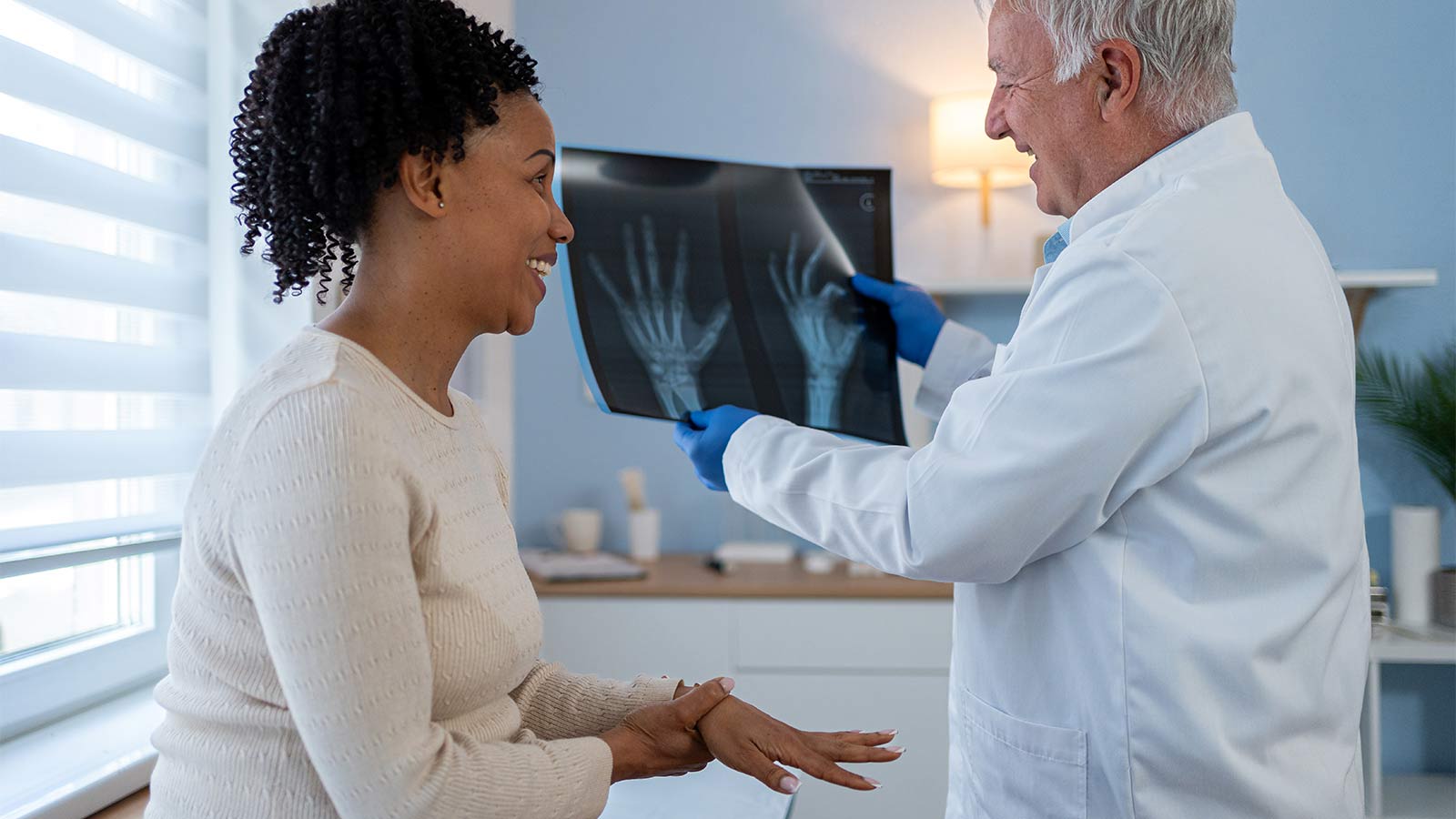
Wide-Awake Hand Surgery Speeds Recovery, Puts Control in Patients' Hands
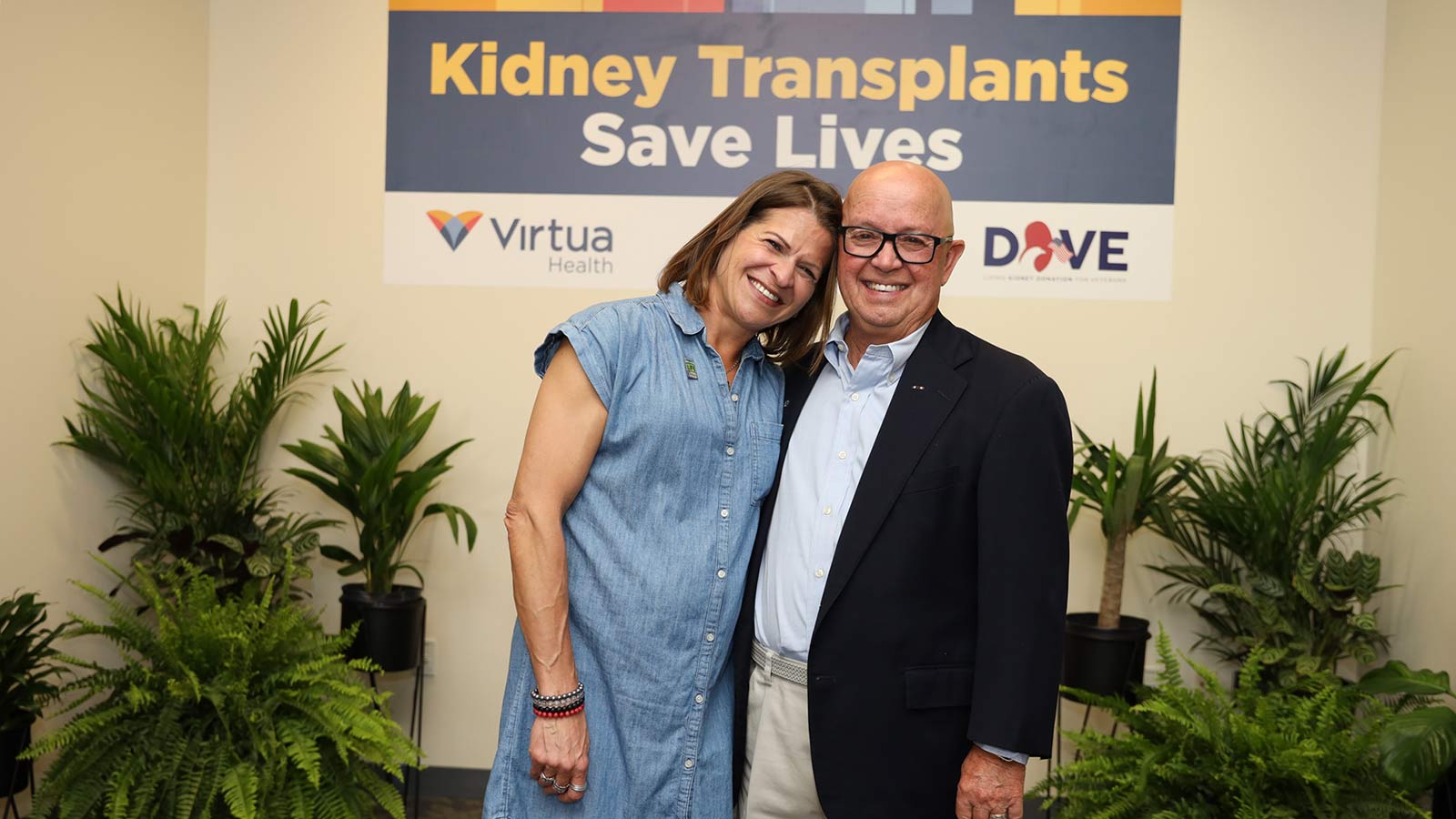
South Jersey Veteran Thrives After Cross-Country Kidney Donation
Working from Home? Take a Quick Break to Stretch Your Wrists

3 Ways to Avoid Knee Pain

When Should I See a Doctor for My Hip Pain?
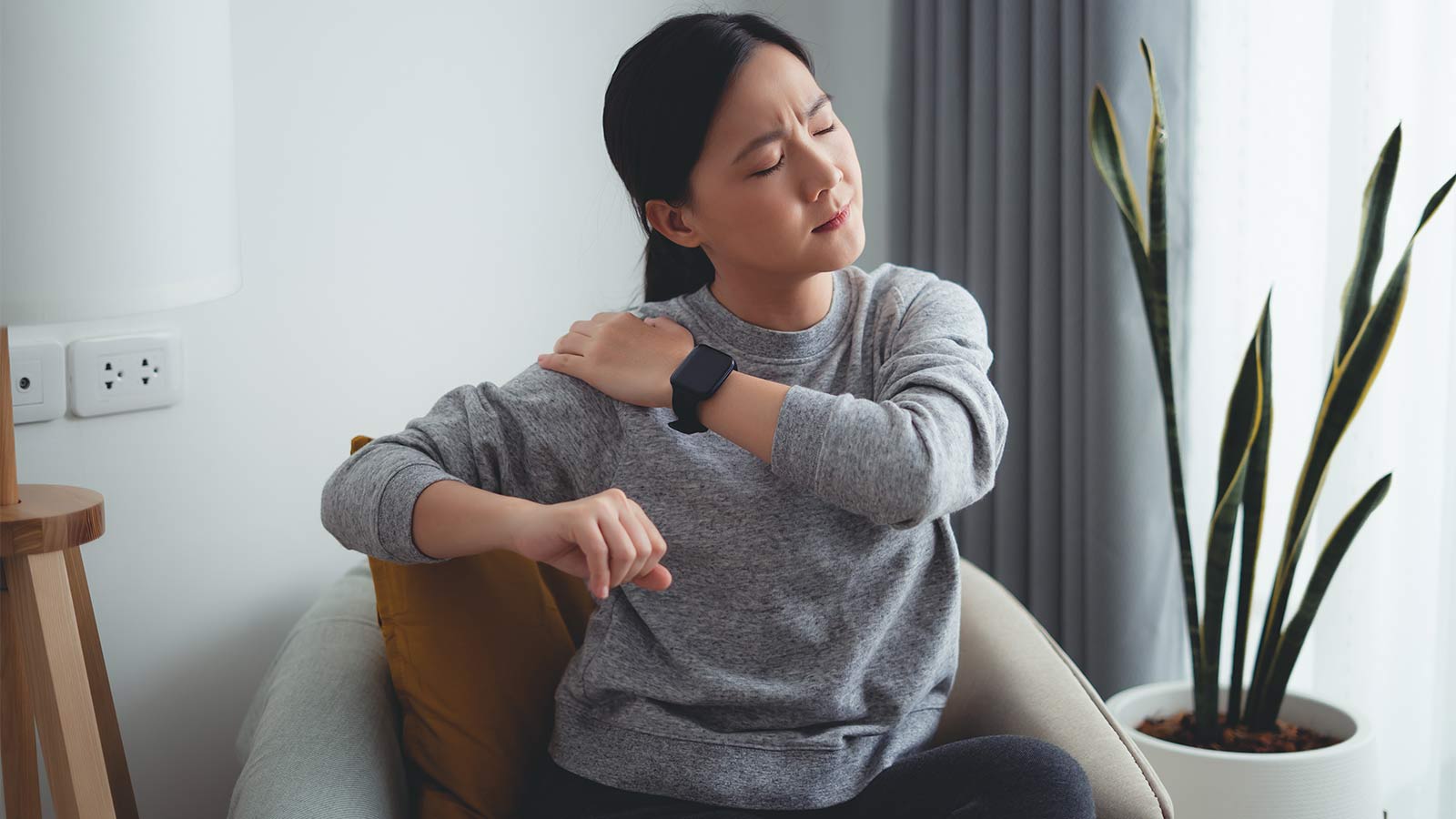
When Should I See a Doctor About My Shoulder Pain?
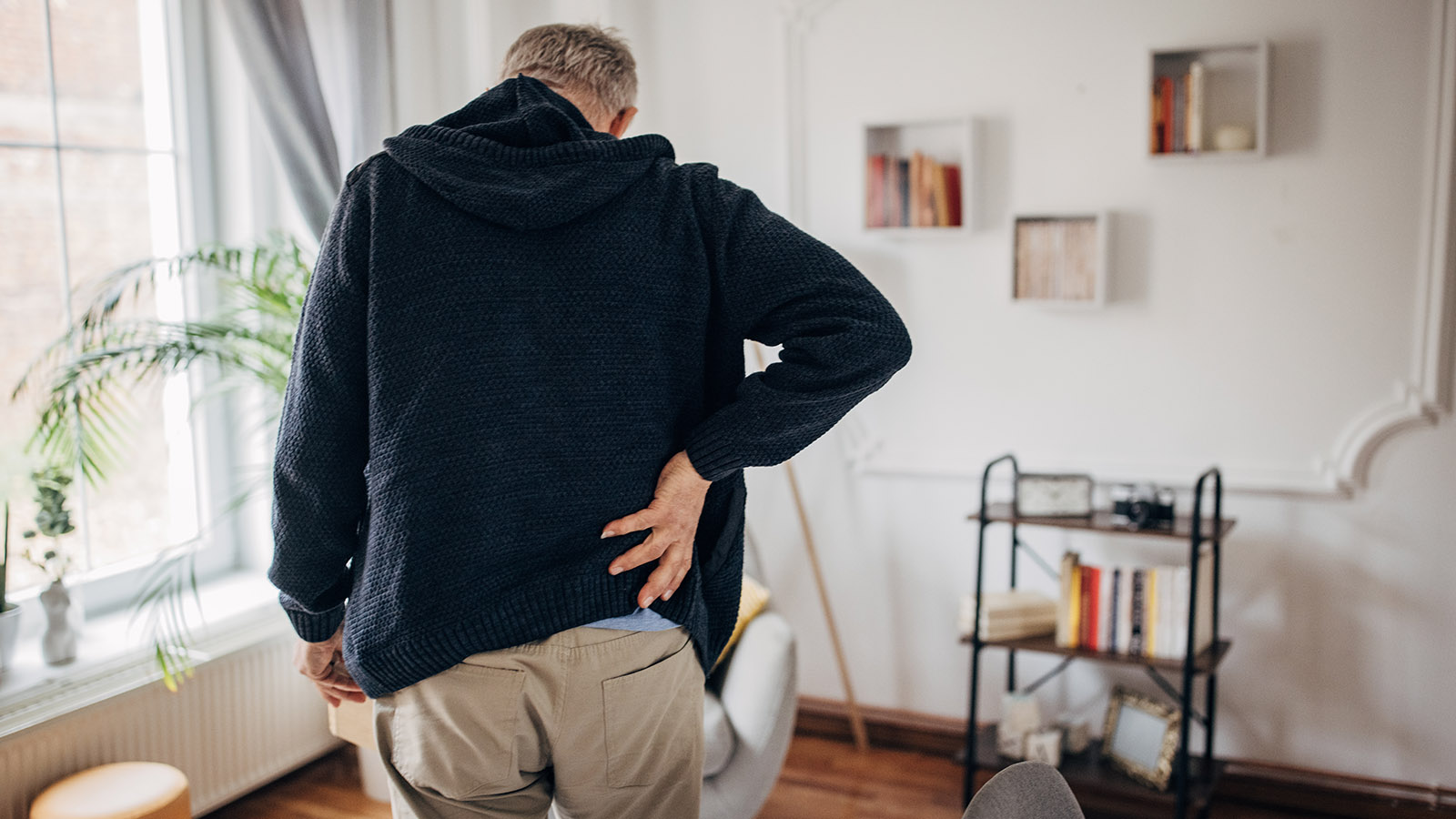
Is My Back Pain Normal, or Is It Sciatica?
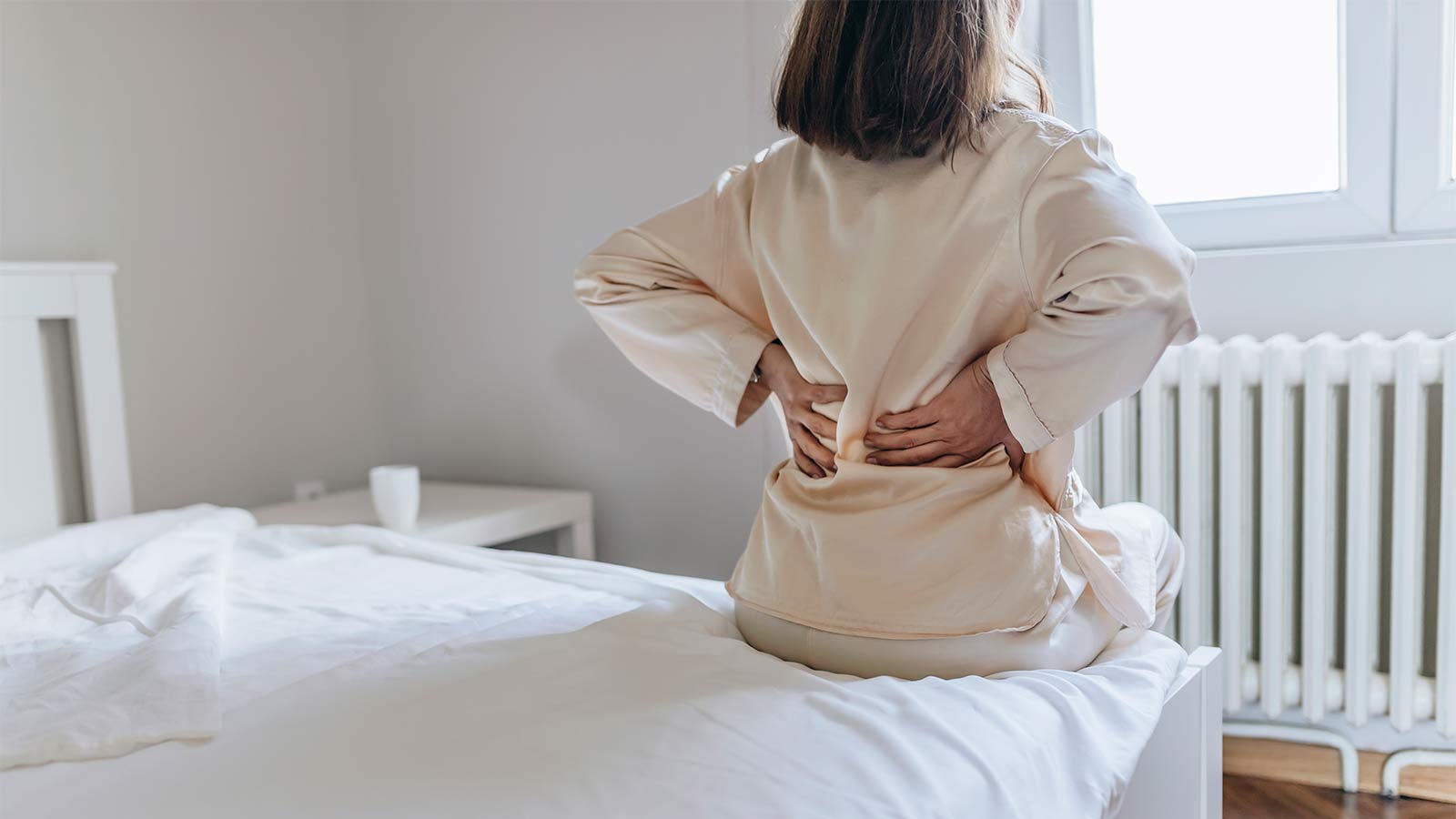
Is My Back Pain Normal, or Is It a Herniated Disk?

When Is It Back Pain, and When Is It Something More?

Watchman Heart Device: a Technological Breakthrough for Blood Clot Prevention
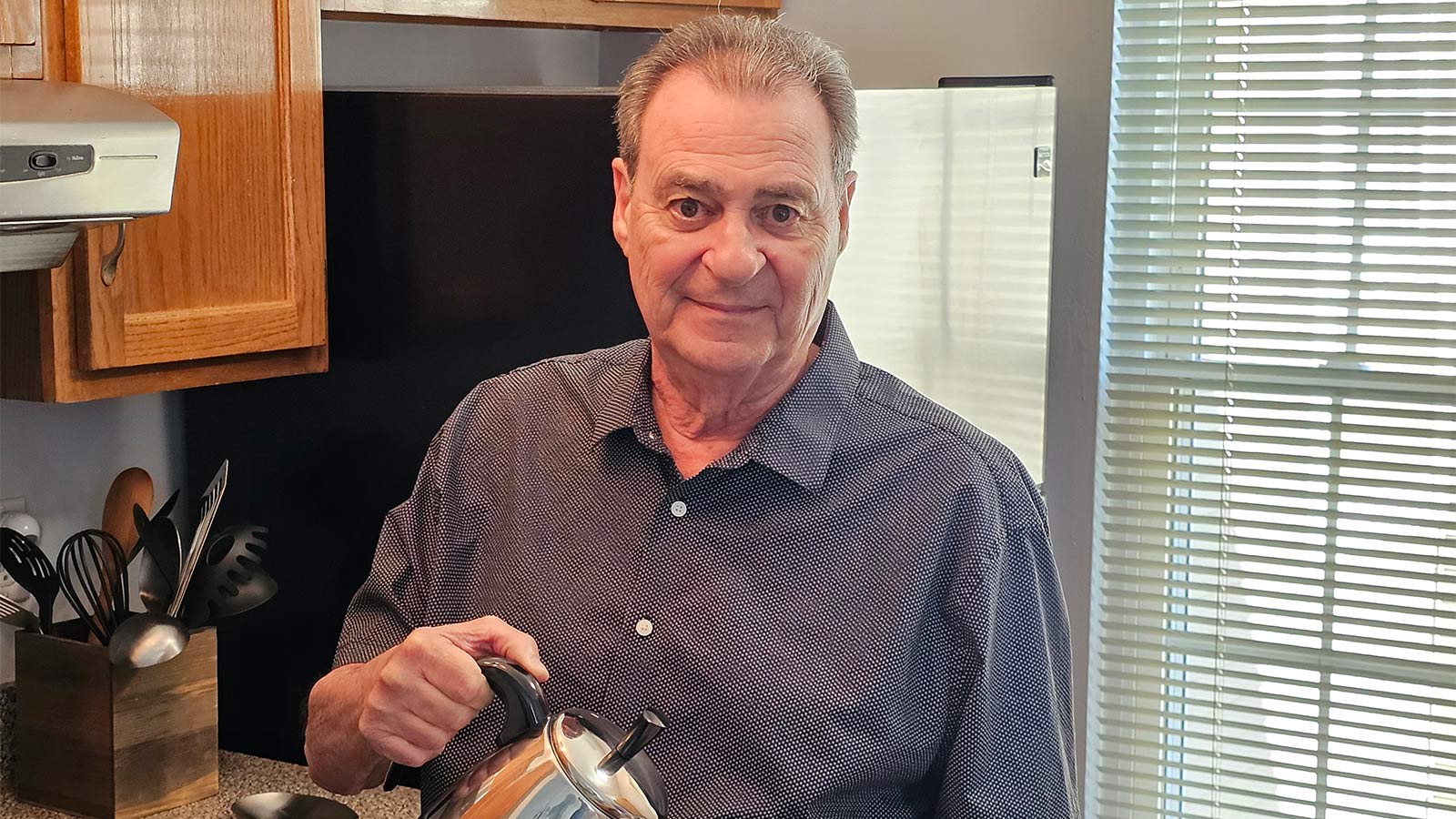
Albert's Emergency Cardiac Surgery Is a 'Story of a Lifetime'

What Can I Do Right Now About My Aching Back?
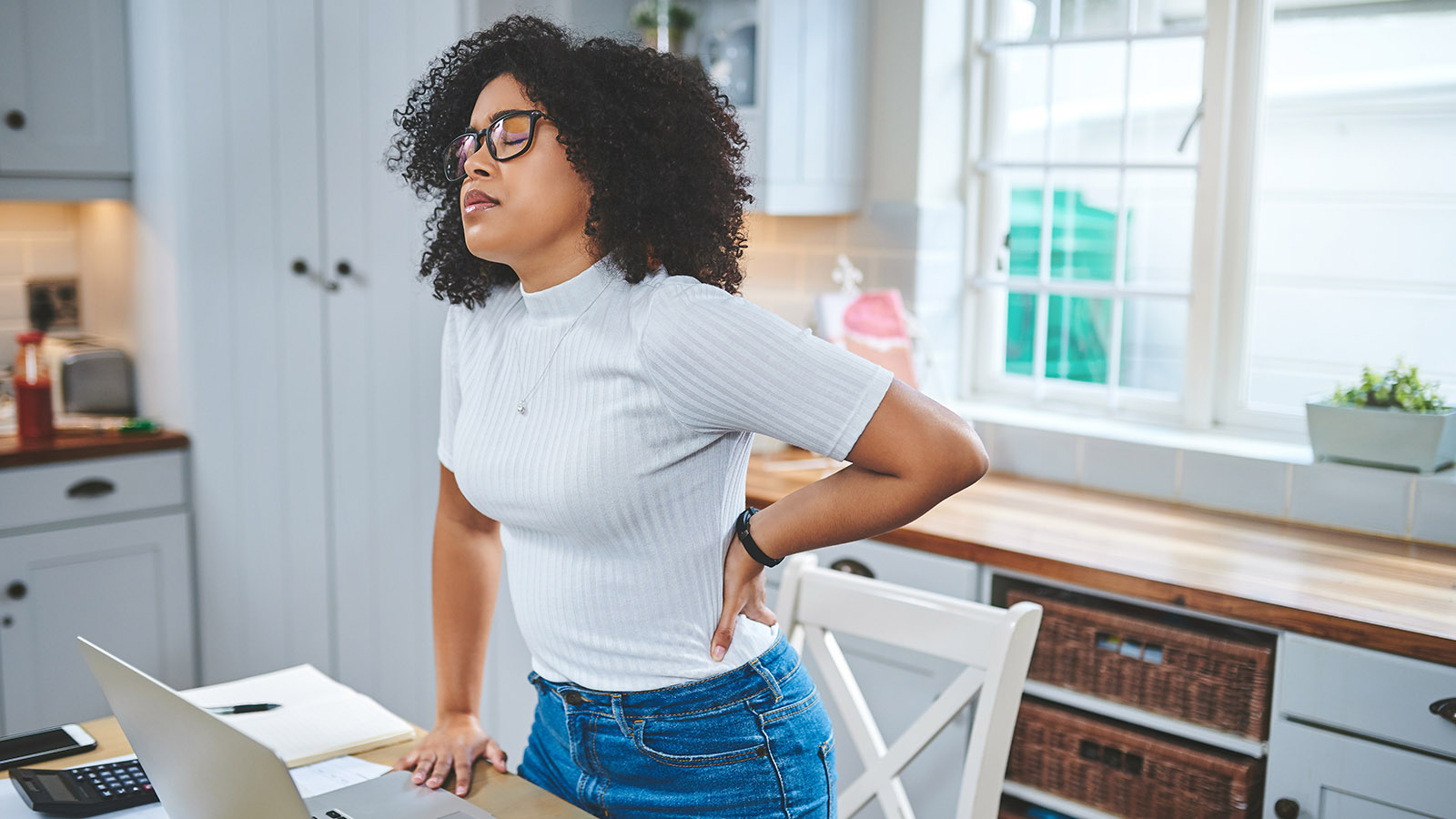
How Do I Get Rid of This Back Pain for Good?

Can Your Gut Health Affect Your Heart?
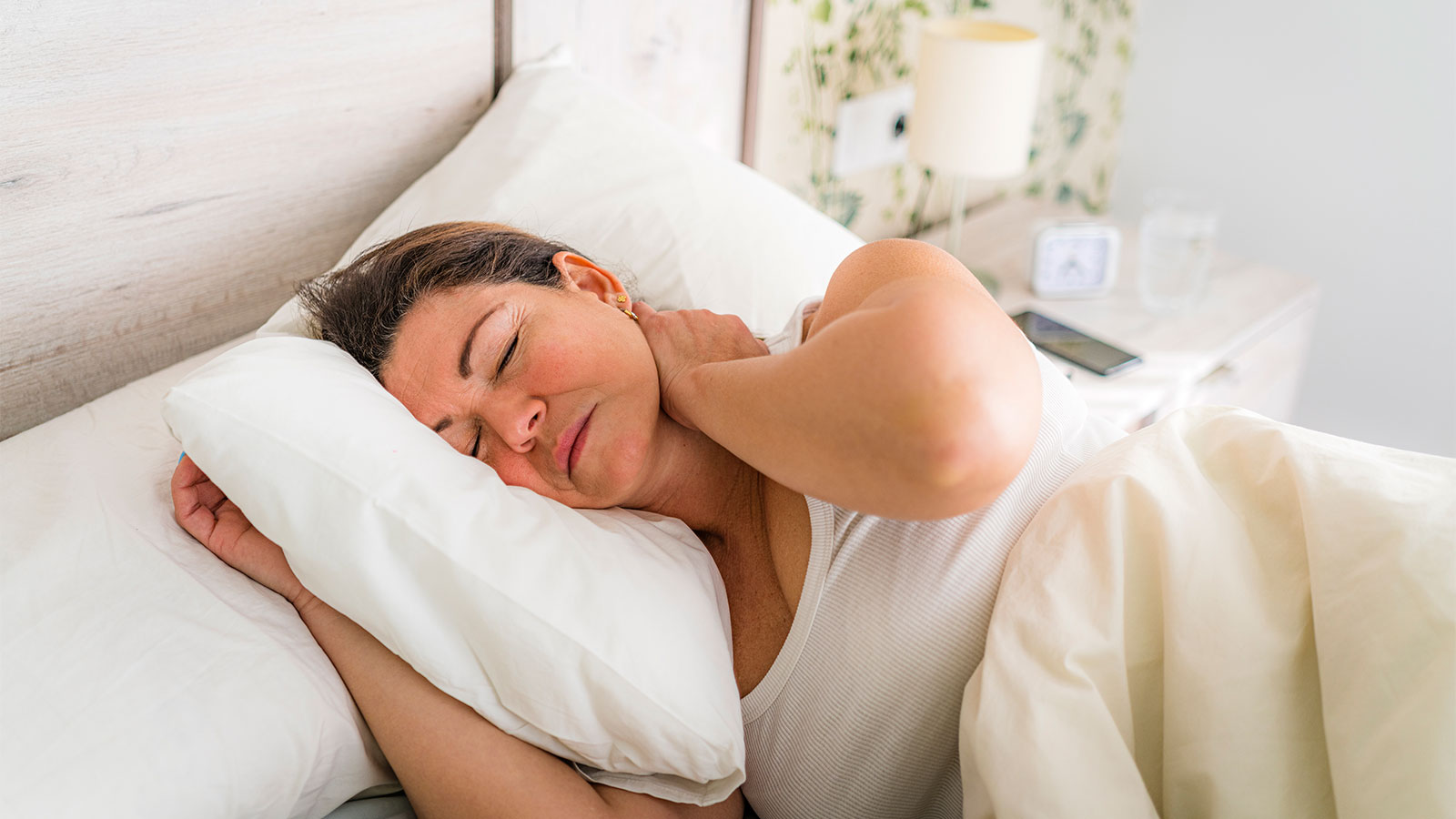
When Should I Be Worried About My Neck Pain?
Advanced Heart Failure Therapies Get Bernadine Back to Full Speed
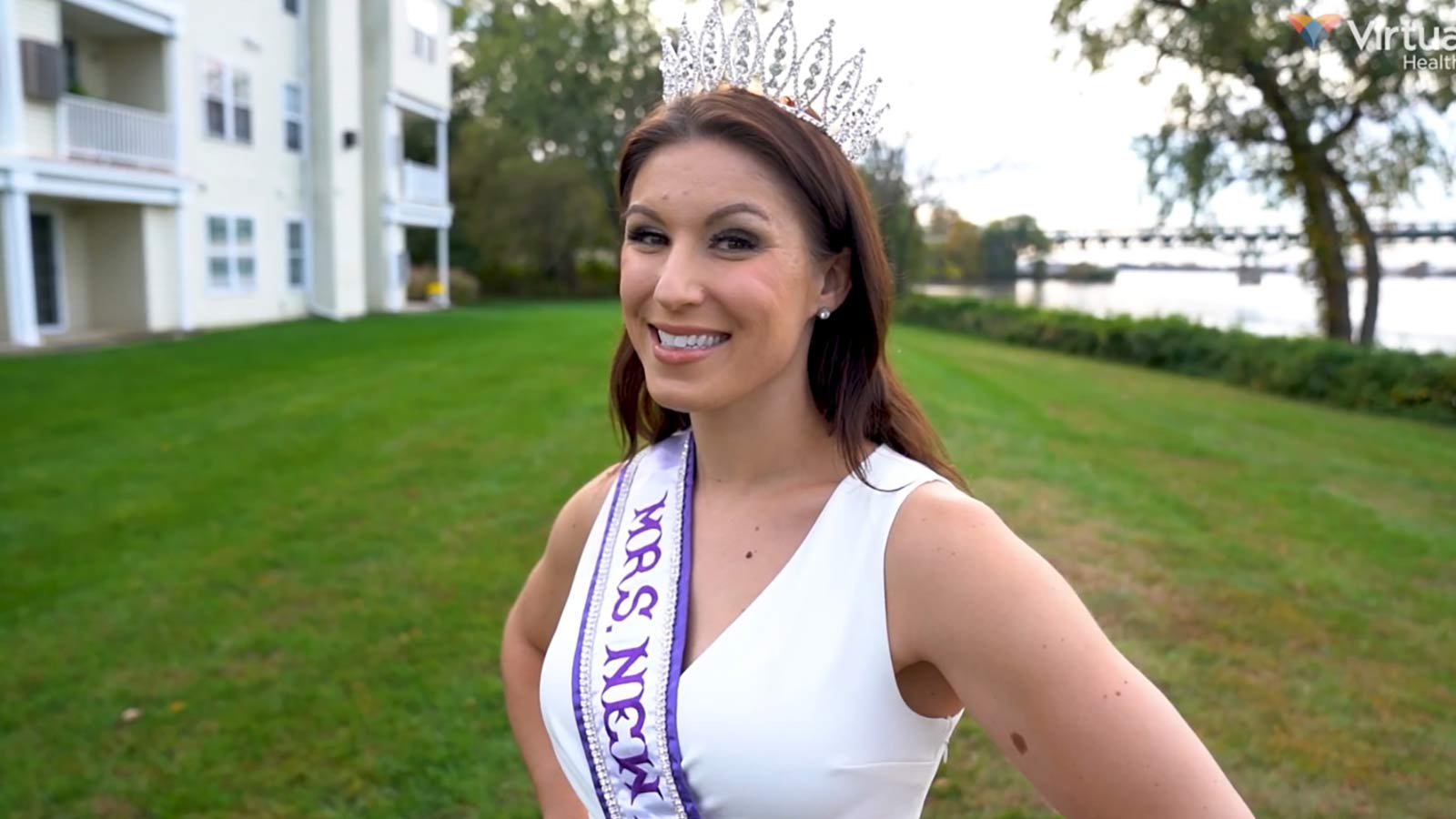
Sarah Wins Back Her Health After Crohn's Disease Diagnosis
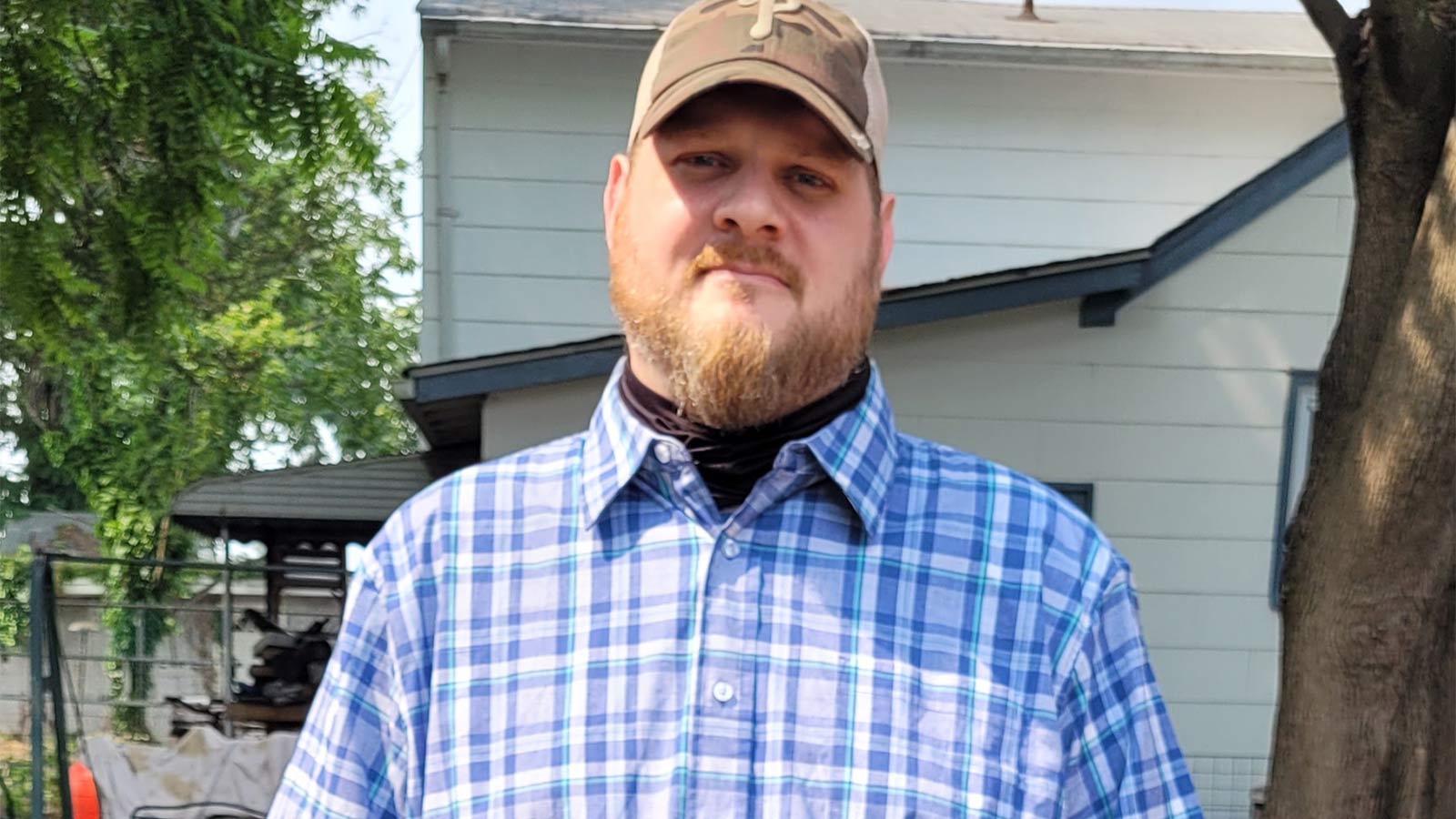
Overcoming Addiction, Philip Now Sees More Positive Side to Life
Firefighter's Successful Lung Cancer Care at Virtua
A Lung Screening Put Teresa Back in the Race
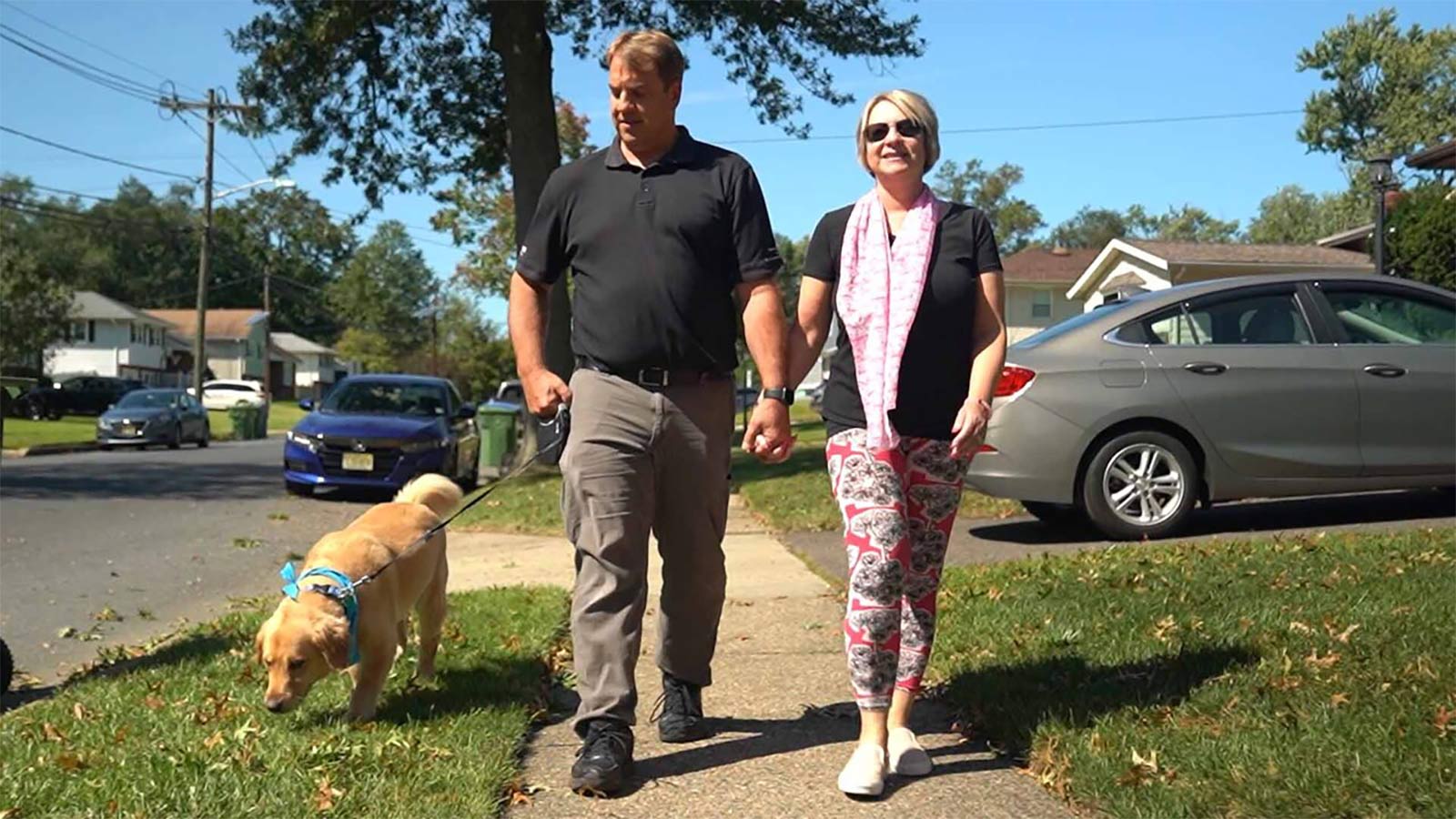
A Breast Self-Exam Saved Kristen's Life

Early Treatment is Best to Relieve Hemorrhoid Symptoms

The Top 10 Foods For A Healthy Diabetes Diet
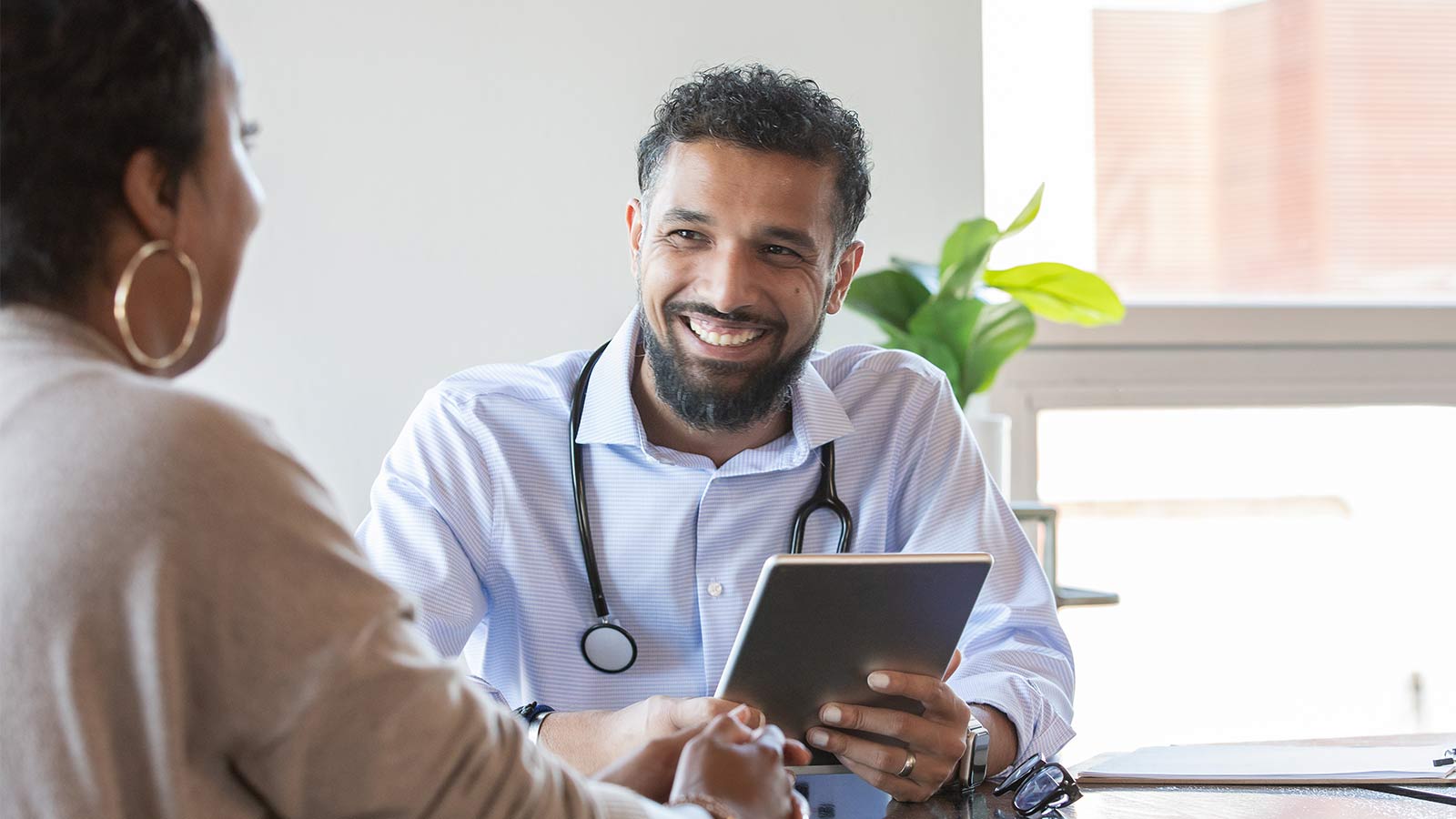
Keeping the Beat: Advanced Heart Surgery for Aortic Aneurysm
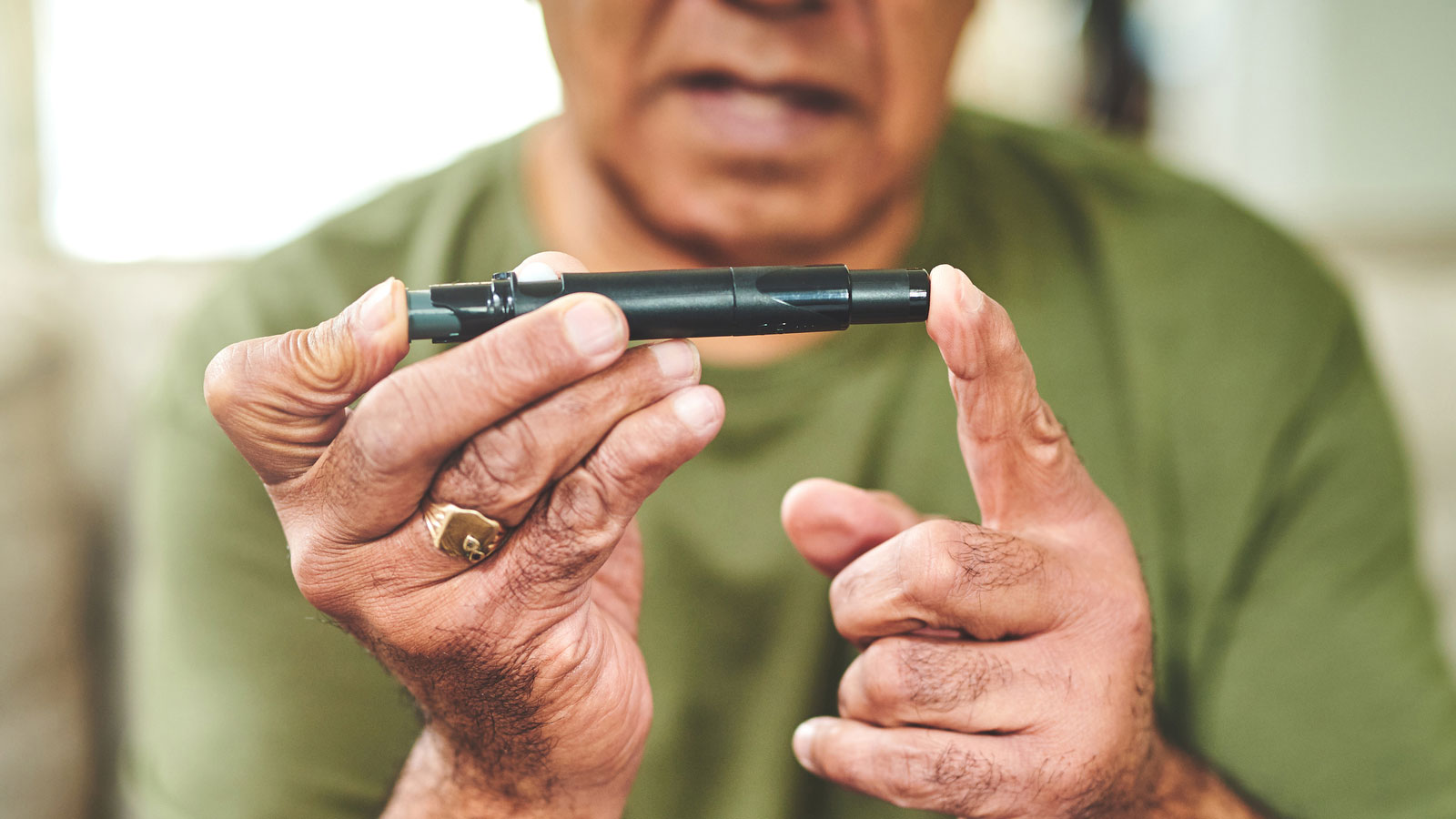
Are You At Risk For Chronic Kidney Disease
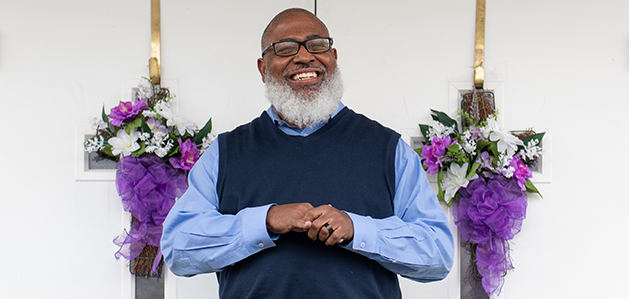
Local Pastor Makes Kidney Health Mission of Ministry
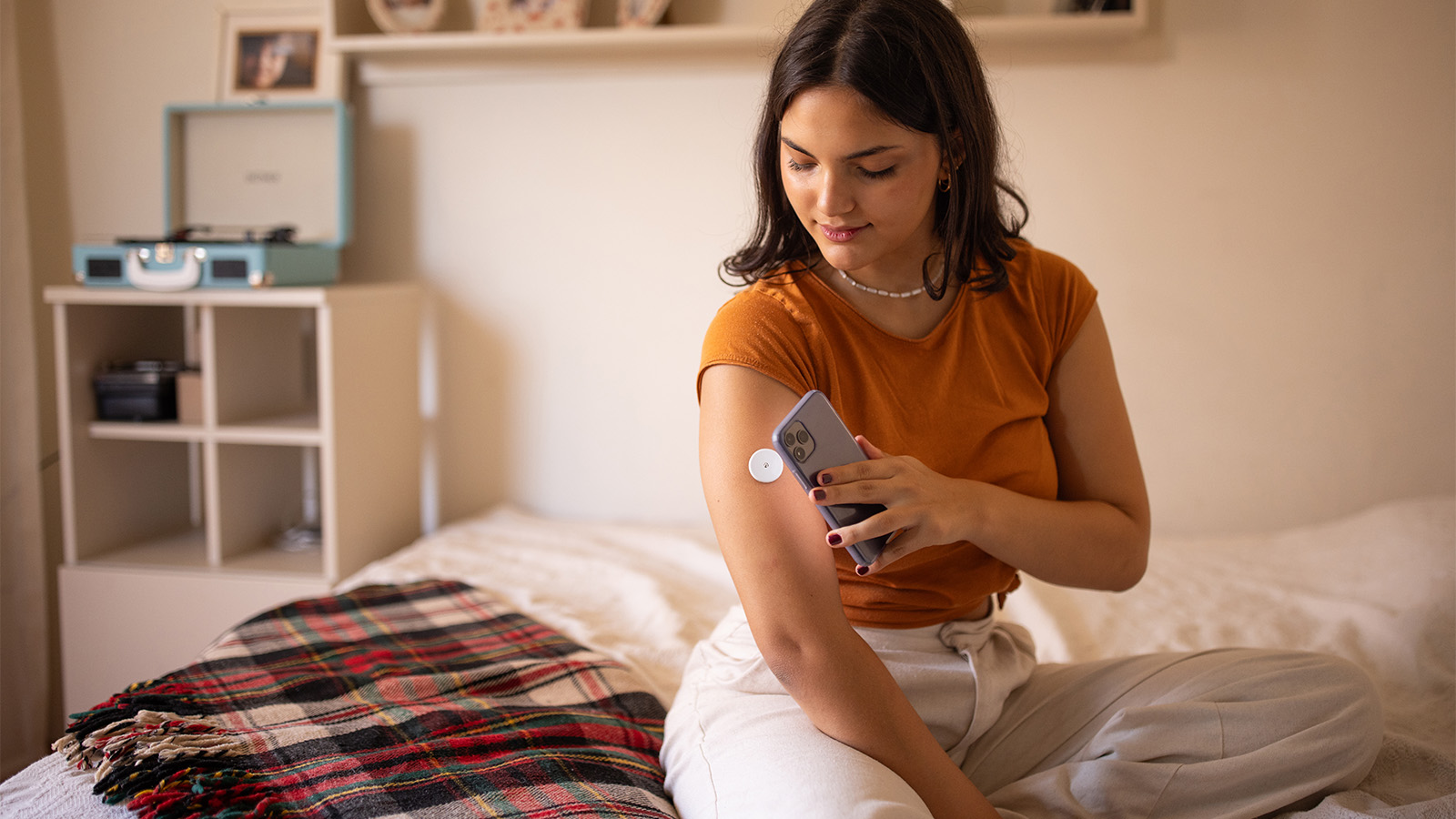
What’s the Difference Between Type 1 and Type 2 Diabetes?
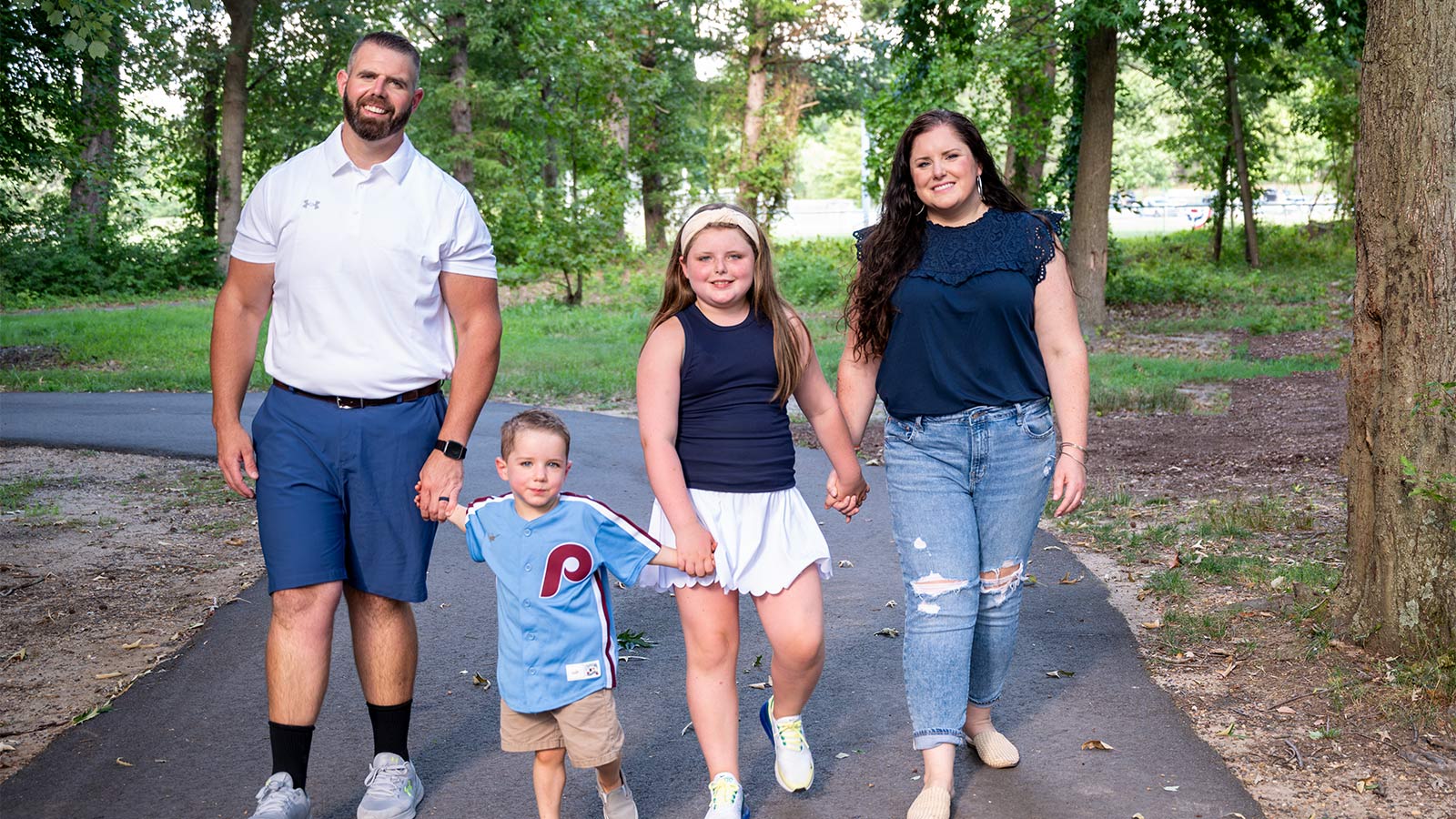
All for Bear: Dan Loses Weight to Be His Son’s Kidney Donor

Augmented-Reality Surgery Has Bobby Back on Stage, Rocking His New Hip

Hyperbaric Wound Therapy Puts Joette Back in Motion
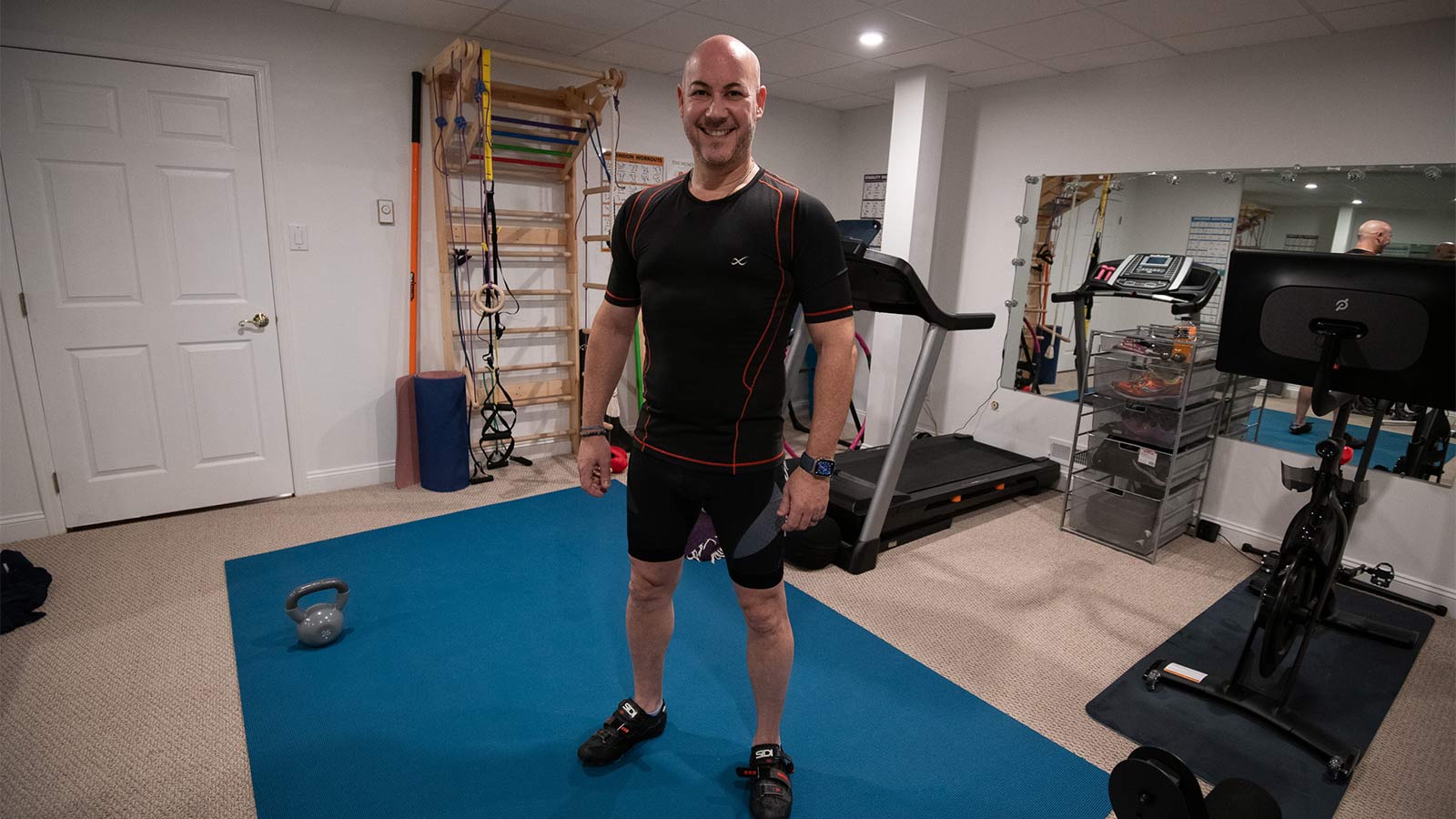
Robotic Hernia Repair Renews David's Active Lifestyle
